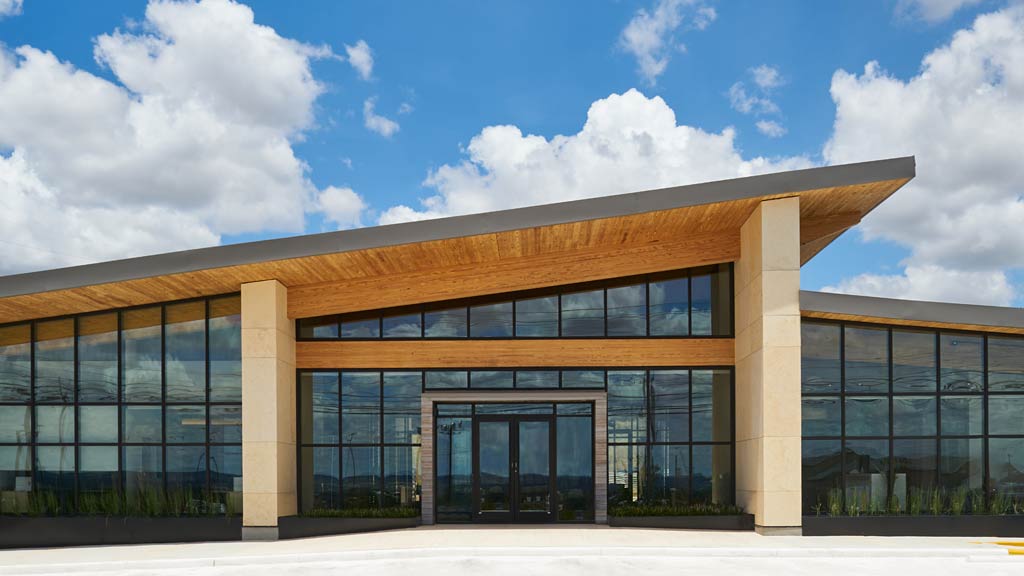Addressing Climate Change Is the Moral and Business Imperative of Our Time
Now is the time to prepare for a resilient future.
A study by the Gensler Research Institute found that 90% of global survey respondents were recently impacted by severe weather. Over three-quarters of respondents are taking intentional steps to reduce their carbon footprints, however, there are still significant barriers to individual action. Design resilience strategies can break down these barriers and offer a clear roadmap for how to prepare and take action against the worst effects of climate change, including the impact it will have on business, human health and wellbeing, and issues of equity. Gensler is committed to a net zero future for our clients, our communities, and our industry.
Leading the Industry Toward Net Zero
We touch over 1.25 billion square feet every year. We are leading the industry to change the industry.
Desert Harbor, Las Vegas
The Gensler Cities Climate Challenge (GC3)
Environmental stewardship is at the core of our brand, and GC3 — or the Gensler Cities Climate Challenge — is our roadmap for how we intend to help our clients reach their carbon targets and our goal of making every building in our portfolio net zero carbon.
5 STRATEGIES TO NET ZERO CARBON
Gensler Product Sustainability (GPS) Standards
Gensler has made a commitment to reduce the carbon emissions on our projects by 2030. A critical step in that process is setting sustainability standards for products that we specify every day on behalf of our clients. Our GPS Interactive Table provides clear and concise information for both our teams and manufacturers to navigate the standards we’ve established.
How We Help Clients
Gensler offers sustainable consulting services and strategies for every type and scale of project.
Converge West Falls, Falls Church, Virgina
Climate Action & Sustainability Practice Area
We offer sustainability consulting services and strategies for developers, building owners, and tenants who want and need to minimize their operational and embodied carbon for new or reused buildings.
Performance Assessment & Analytics
We provide insights and analytics so that clients can understand their carbon impact, energy consumption, performance, and ESG goals.
Certification Services
We advise and assist clients looking to achieve third-party certifications such as LEED, Fitwel, ILFI Zero, and BREEAM.
Sustainability Strategies
We help clients identify environmental and climate-related goals and develop climate action plans.
SUSTAINABILITY PROJECTS
122 Items
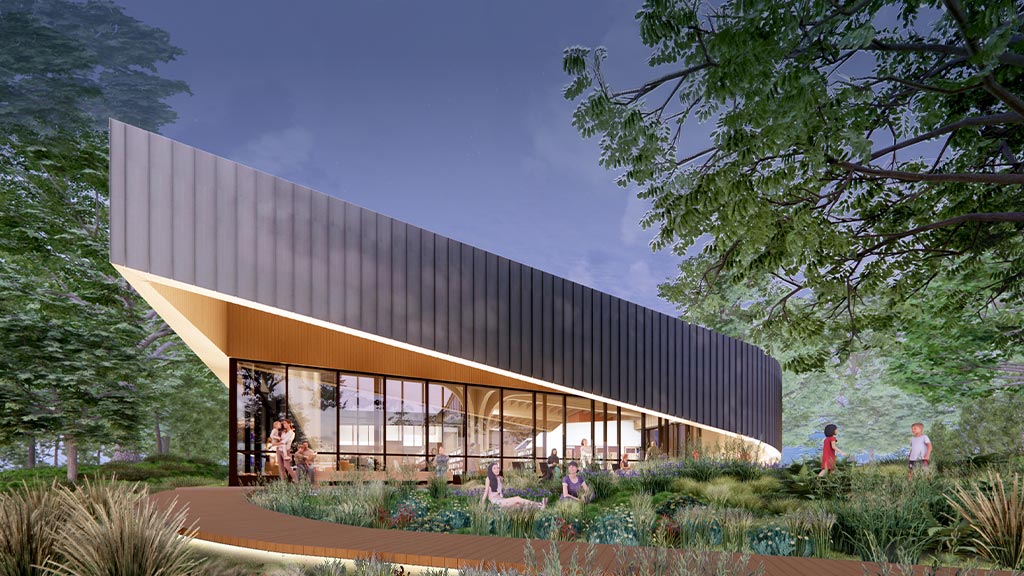
Westonka Library, Hennepin County
Mound, Minnesota
Westonka Library, designed by Gensler, is Hennepin County’s first net-zero library. Powered by solar and geothermal energy, its wood structure, natural light, and inclusive design foster a sustainable, restorative space that connects community and nature.
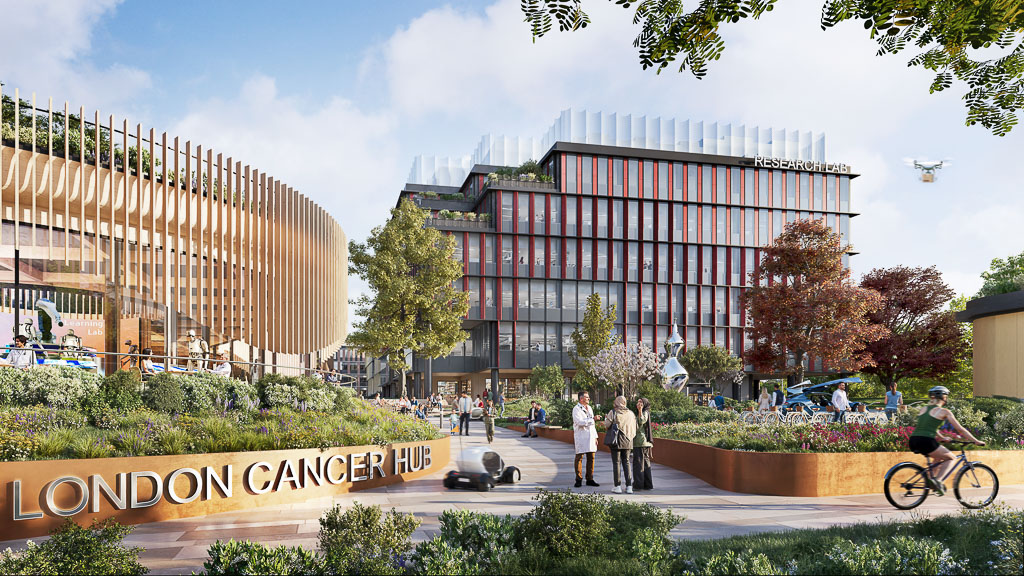
London Cancer Hub
London, United Kingdom
The London Cancer Hub will be the largest science campus designed by Gensler in Europe, comprising labs, R&D space, healthcare facilities, and accommodation.

Ayana Conference Center
Bali, Indonesia
Blending tradition, sustainability, and flexibility, Ayana Conference Center seamlessly integrates with Bali’s landscape to offer a sustainable, indoor-outdoor venue that enhances well-being and fosters deeper connections to nature.
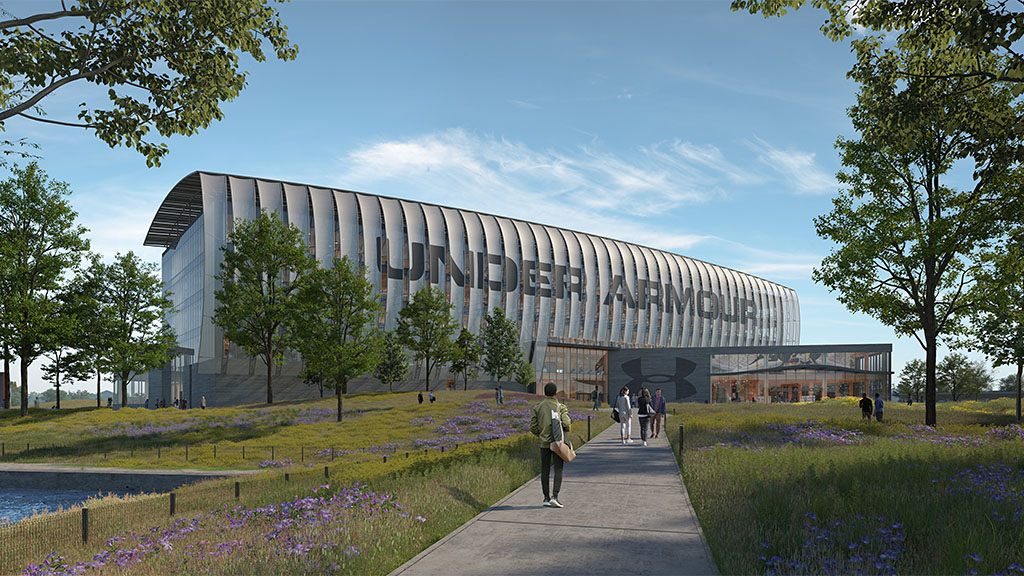
Under Armour Global Headquarters
Baltimore, Maryland
Under Armour’s new global headquarters building in Baltimore’s Port Covington reaffirms the company’s long-term resilience commitment in a building, constructed almost entirely of mass timber.
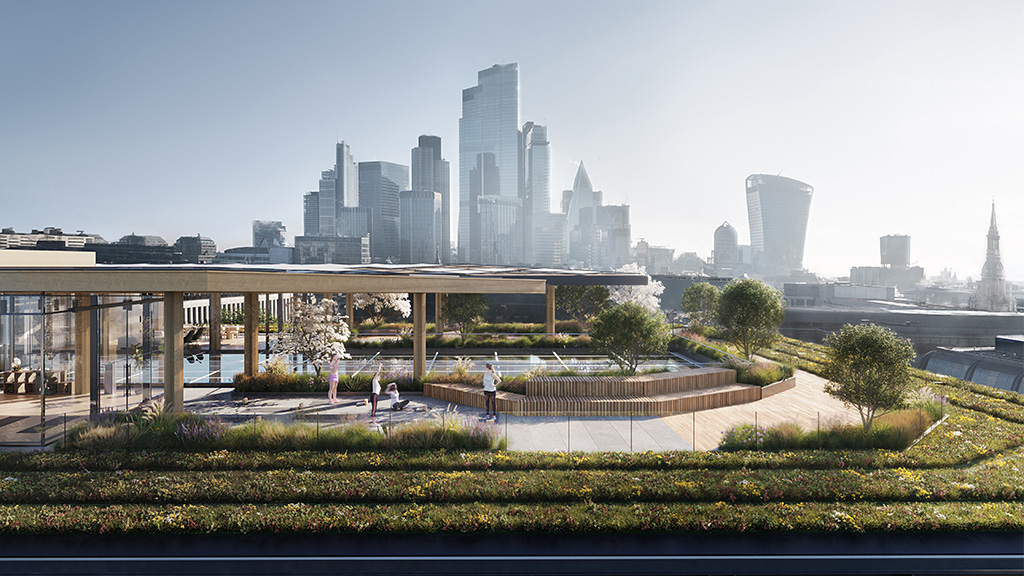
10 Gresham Street
London, United Kingdom
Gensler partnered with CBRE IM to reimagine 10 Gresham Street, an office building transformation that will usher in a new sustainable future in London.
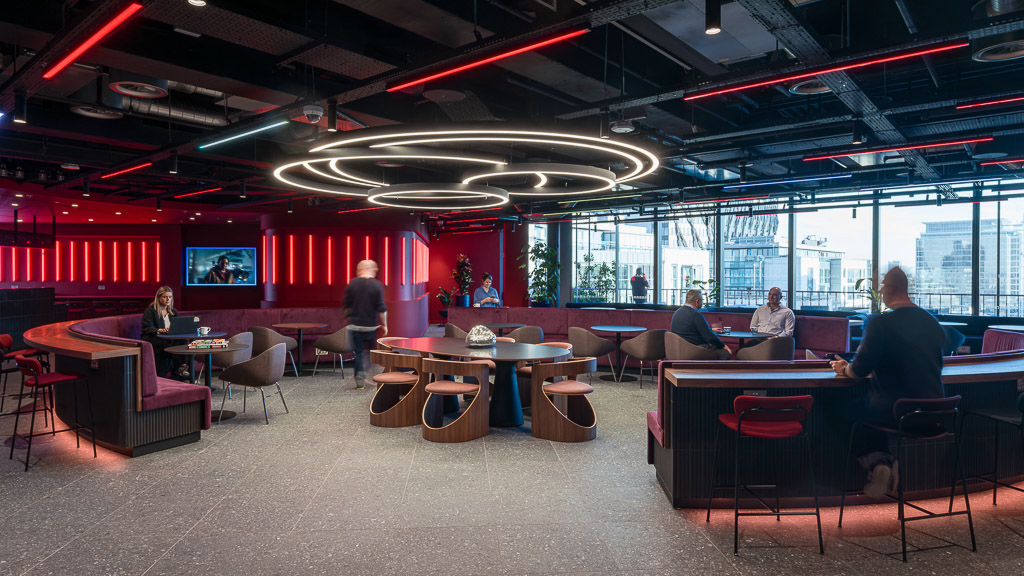
Virgin Media O2 Headquarters
London, United Kingdom
Virgin Media O2’s sustainable, inclusive, and ‘supercharged’ London headquarters brings its newly united workforce together in a purpose-built environment.

Poder Judicial Puntarenas
Puntarenas, Costa Rica
The Judiciary building is designed as a centralized, inclusive, and user-friendly courthouse to welcome and offer safe shelter to the community of Puntarenas.
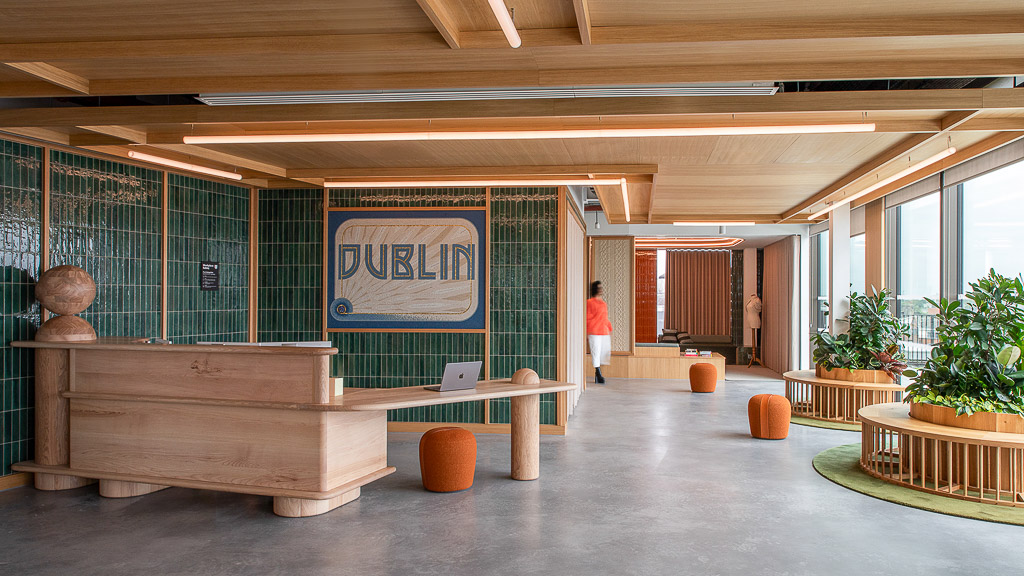
Etsy Dublin
Dublin, Ireland
Etsy enlisted Gensler to create a transformative, community-driven workspace in Dublin that brings the brand and its collaborative work culture to life.

UGG Xintiandi Flagship Store
Shanghai, China
The new UGG Xintiandi flagship in Shanghai, designed by Gensler and Deckers, is an immersive experience retail space centered on community and brand building.

Hilson Moran’s Living Lab
London, United Kingdom
Hilson Moran’s new office redefines the modern workplace as a ‘Living Lab’. Gensler’s concept respects the historic surroundings while creating a new sense of community through a series of thoughtfully designed, flexible spaces.
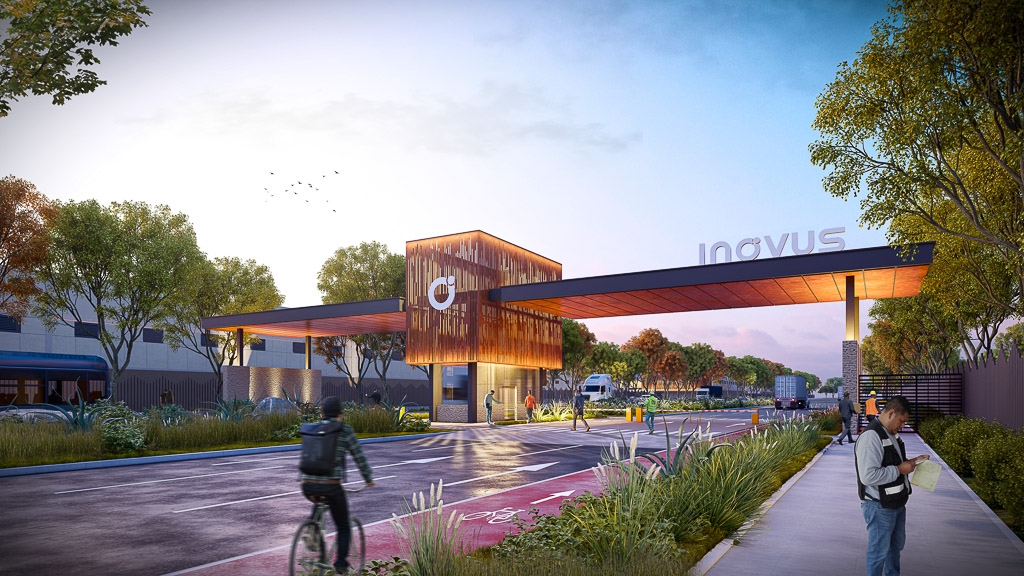
Inovus
Reynosa, Tamaulipas, Mexico
The Inovus project in Reynosa, Tamaulipas, is set to become a catalyst for regional innovation and is the first project in Mexico to integrate hospitality into
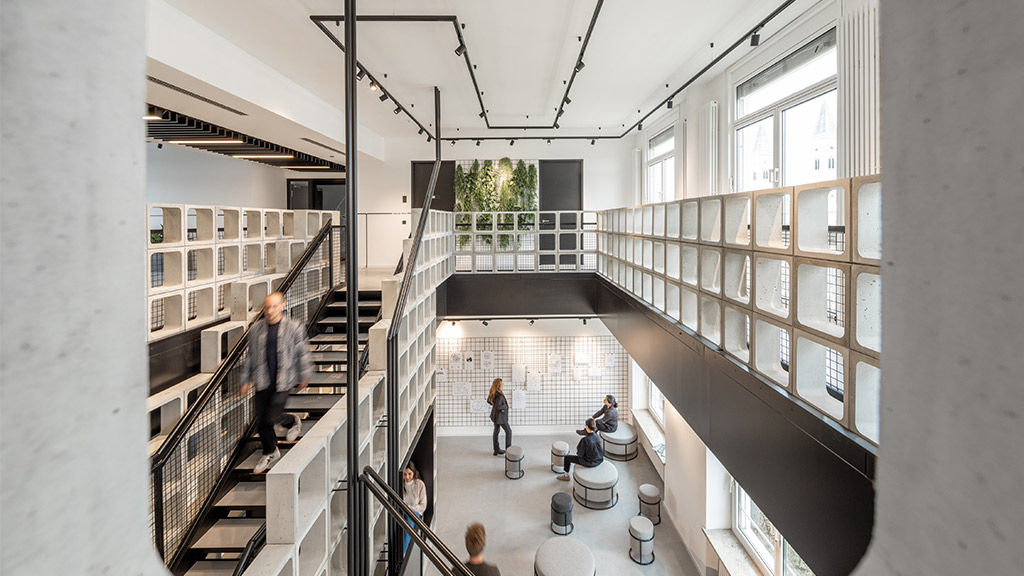
Celonis
Munich, Germany
Gensler collaborated with Celonis on the design of its customer-centric Executive Briefing Center in Munich, which provides exclusive access and insights.
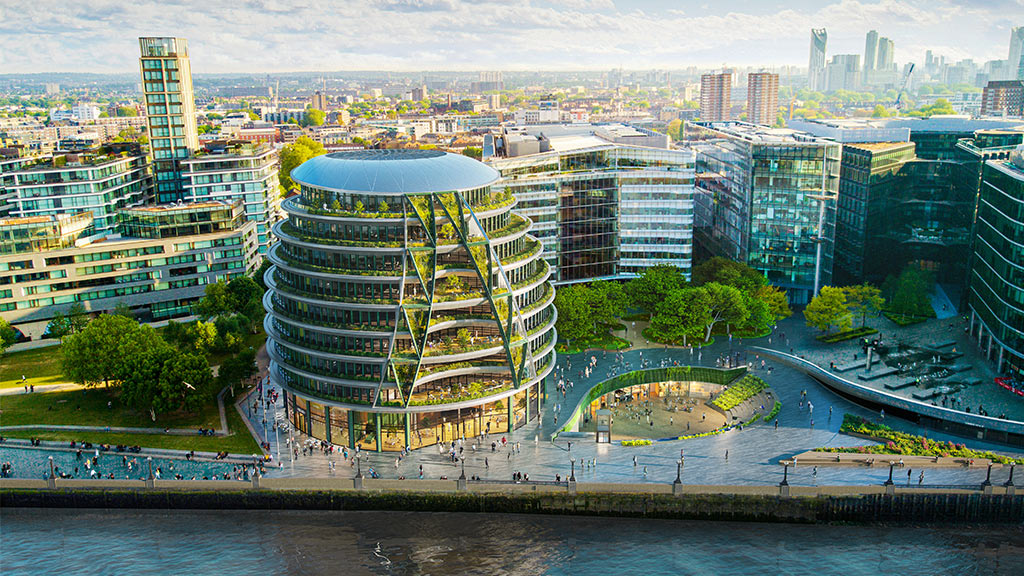
110 The Queen’s Walk
London, United Kingdom
Gensler has developed plans to sensitively refurbish and revitalise the vacant building located at 110 The Queen’s Walk, formerly known as City Hall, and its surrounding public realm.
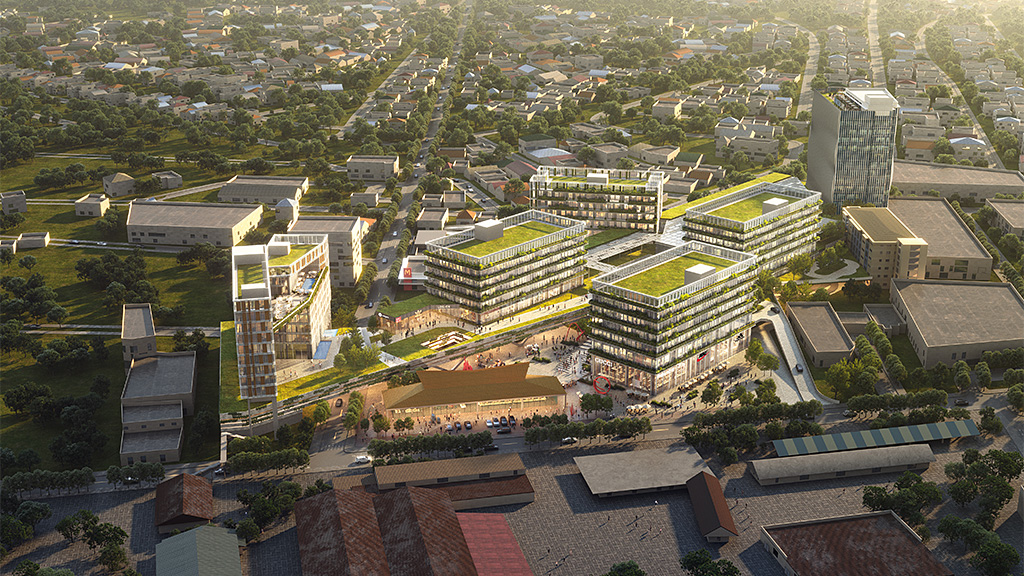
Confidential Mixed Use Master Plan
Philippines
This 154-room sanctuary seamlessly blends luxury, efficiency, and connectivity, offering travelers a refined stay with direct access to office towers, lush gardens, and vibrant retail experiences — creating the perfect destination for leisure, business, and unforgettable events.
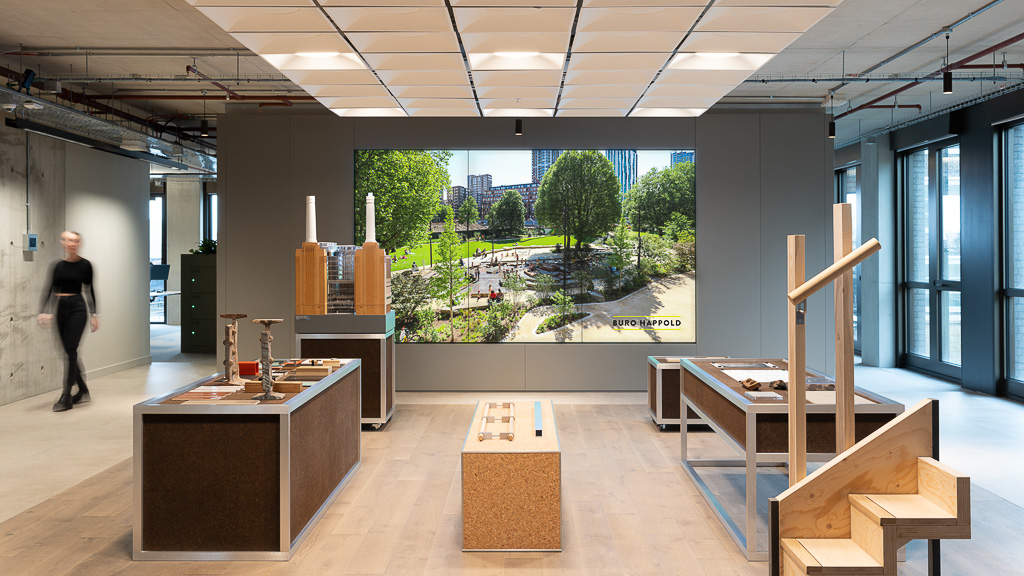
Buro Happold
Shoreditch, London, United Kingdom
Buro Happold’s London headquarters in Shoreditch is a ‘Home for Big Ideas’ that pushes the boundaries of sustainability, experimentation, and inclusive design.

Google at St. John’s Terminal
New York, New York
St. John’s Terminal is a sustainable 12-story workplace designed as Google’s Global Business Organization headquarters located in Hudson Square in New York.

Confidential Resources Company Pilot Floor
Gensler’s strategy and design team transformed a conventional office into a dynamic, human-centered space that embodies the company’s core values: sustainability, innovation, and wellness.
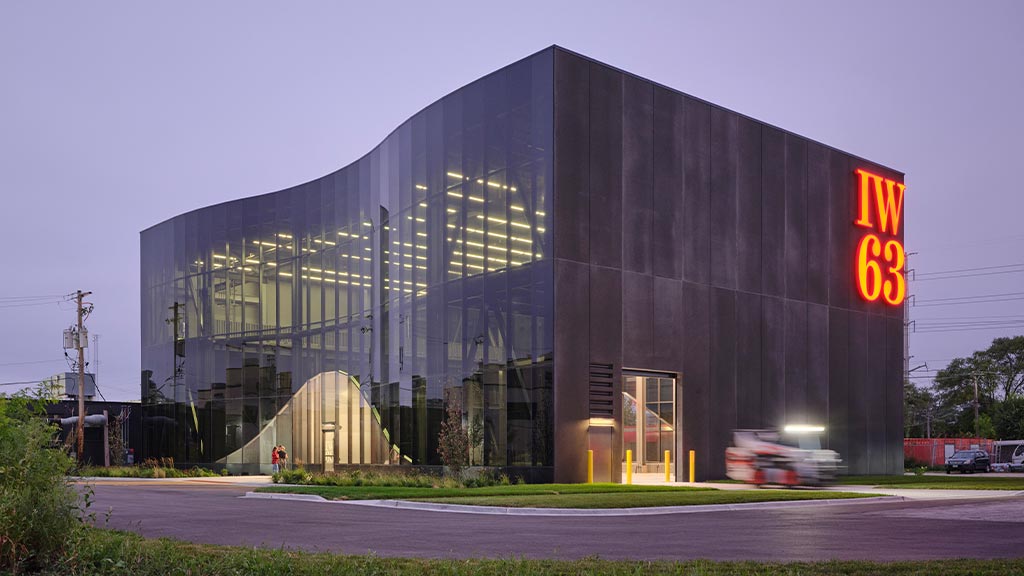
Ironworkers Local 63 Training Center
Broadview, Illinois
The Ironworkers Local 63 Training Facility stands as a bold architectural landmark embodying the union’s core values.
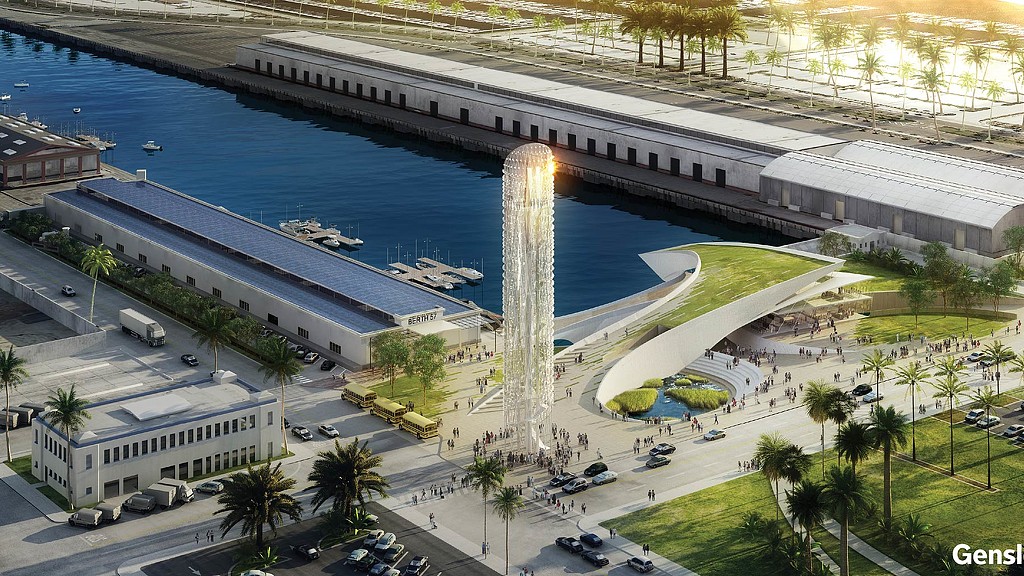
AltaSea
San Pedro, California
AltaSea, located at the Port of Los Angeles, will be a net-positive innovation campus that fully immerses people in the urban marine environment.
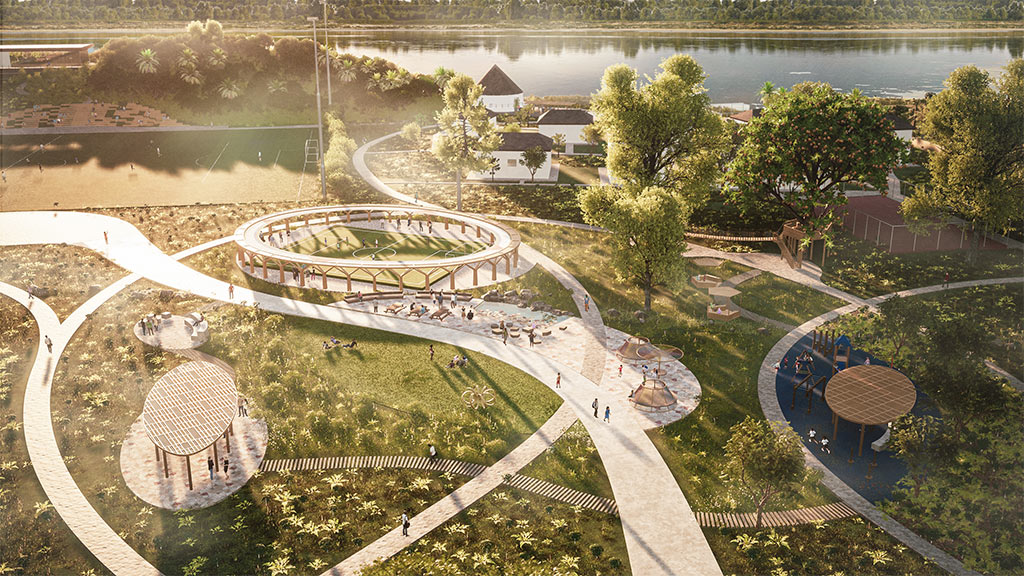
Right to Dream Ghana
Ghana, West Africa
Gensler partnered with Right to Dream to elevate the charity's existing academic and sports facilities in Ghana to be the best academy of its kind in Africa.

United Airlines Amenity Hub
Chicago, Illinois
The United Airlines Amenity Hub at Willis Tower creates a place for employees to be social, collaborative, and inspired.

Francis House, London HQ
London, United Kingdom
Edelman, a global communications firm, collaborated with Gensler to transform its London office into a curated work destination as part of its global strategy.

KAYAK
Berlin, Germany
KAYAK partnered with Gensler on the travel-inspired design of its new office at Warschauer Straße in Berlin.
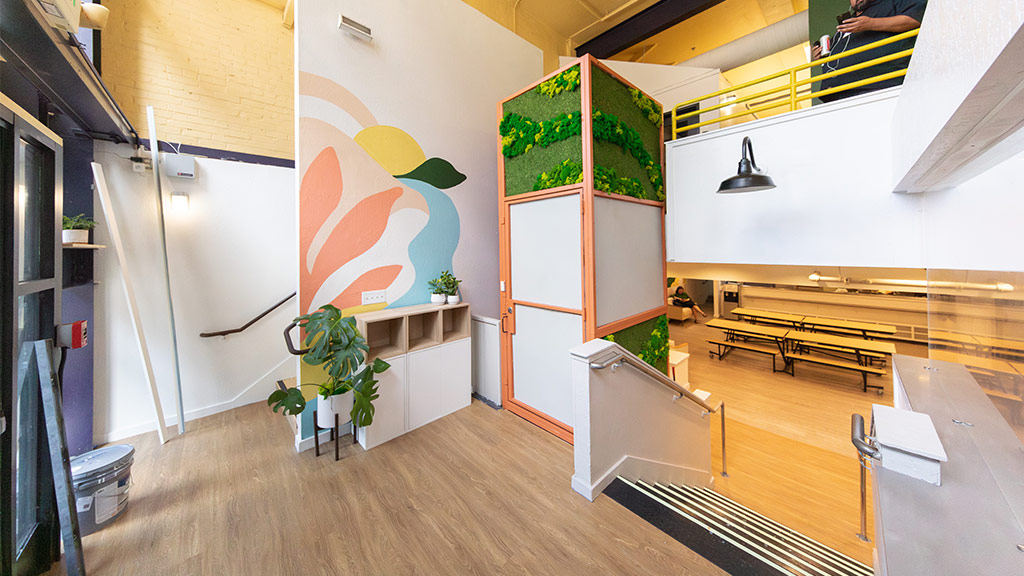
The Lark Inn
San Francisco, California
In partnership with Larkin Street Youth Services, AEC Cares, and local industry peers, Gensler redesigned Lark Inn, a shelter for homeless youth in S.F.

Rancho Los Amigos – Harriman
Downey, California
For over a century, the 212-acre Rancho Los Amigos campus has been a cornerstone of the Downey community, supporting the physical and mental health and wellb...

Sustainable Shade Structures
Tirrases, Curridabat, San José Province, Costa Rica
This research initiative focuses on the relationship between extreme heat and vulnerable communities and creating actionable steps to offset climate injustice.
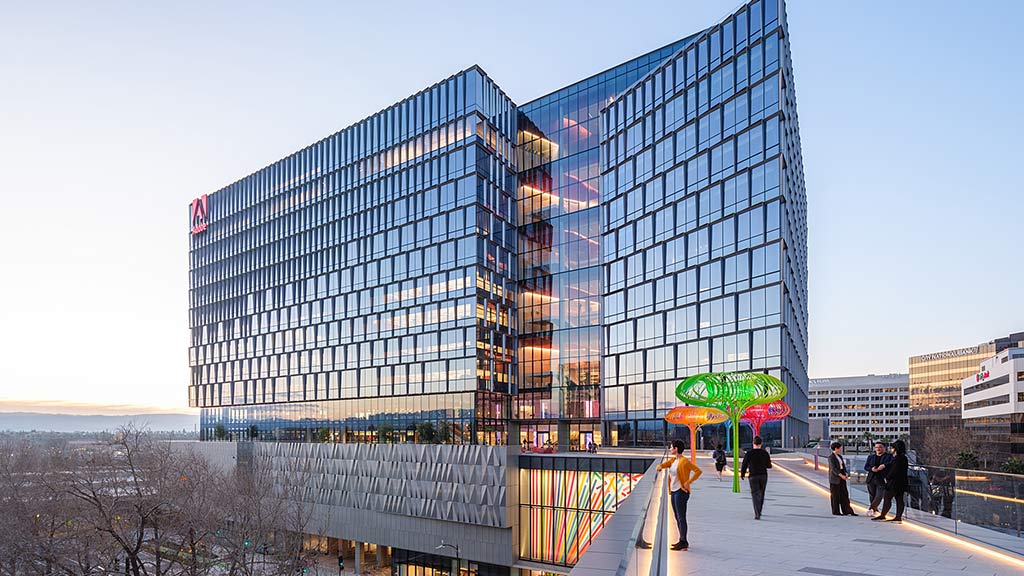
Adobe Founders Tower
San Jose, California
Adobe’s Founders Tower embodies the company’s commitment to creativity, sustainability and inclusivity, and takes an innovative approach to the future of work.
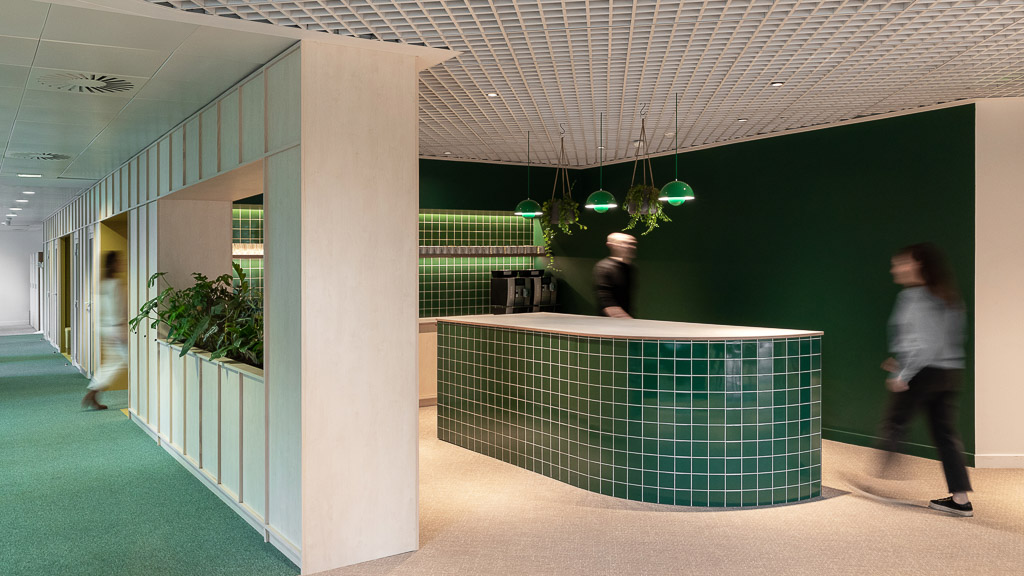
Korn Ferry Paris
Paris, France
Gensler embarked on a transformative endeavor to revamp Korn Ferry’s Paris-based offices and create an environment that serves as a true display of its brand.
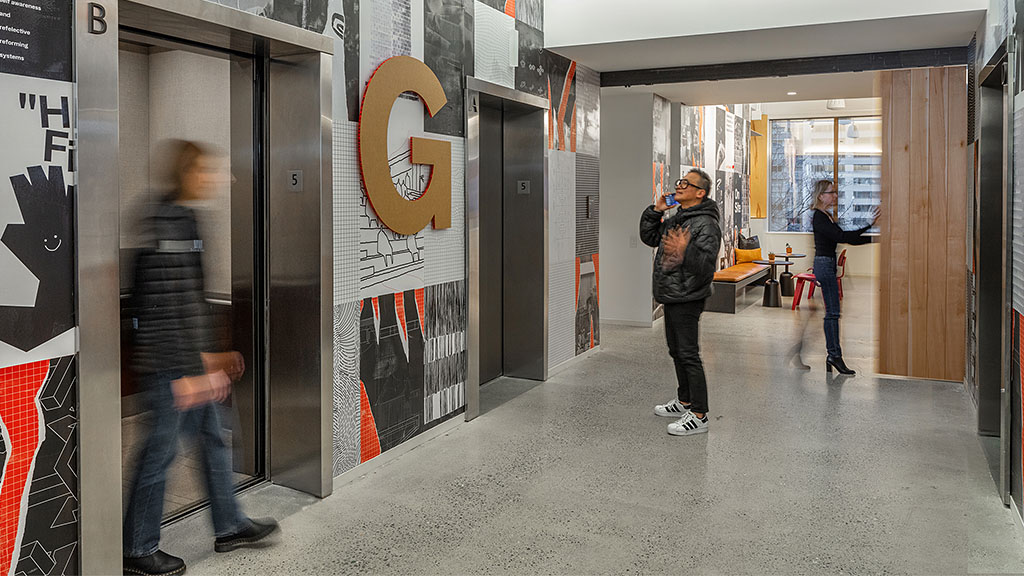
Gensler Seattle Office Redesign
Seattle, Washington
The redesigned Gensler Seattle office features a new office concept centered around a Workshop – a non-precious, scrappy space to experiment, connect, and share

LinkedIn Omaha
Omaha, Nebraska
LinkedIn partnered with Gensler to design its new 200,000-square-foot campus in Omaha, Nebraska — the first portfolio project embracing LinkedIn’s Future of Work Strategy, developed alongside Gensler.

Insight Headquarters
Chandler, Arizona
Gensler worked collaboratively with Insight to create a vibrant, connected workplace that serves as a true embodiment of their entrepreneurial culture.

Morning Consult
Washington, D.C.
Morning Consult’s new LEED-Certified headquarters creates a three-dimensional brand experience that evokes the energy and grit required to create powerful forms of change.

633 Folsom
San Francisco, California
Embodying a dynamic building reuse story, the reimagined 633 Folsom reduces both embodied and operational carbon and breathes new life into the Folsom Street corridor.

San Francisco International Airport, T1 Net Zero Program
San Francisco, California
San Francisco International Airport (SFO) has set the goal of becoming the first airport in the world to achieve zero carbon, zero waste, and zero net energy.
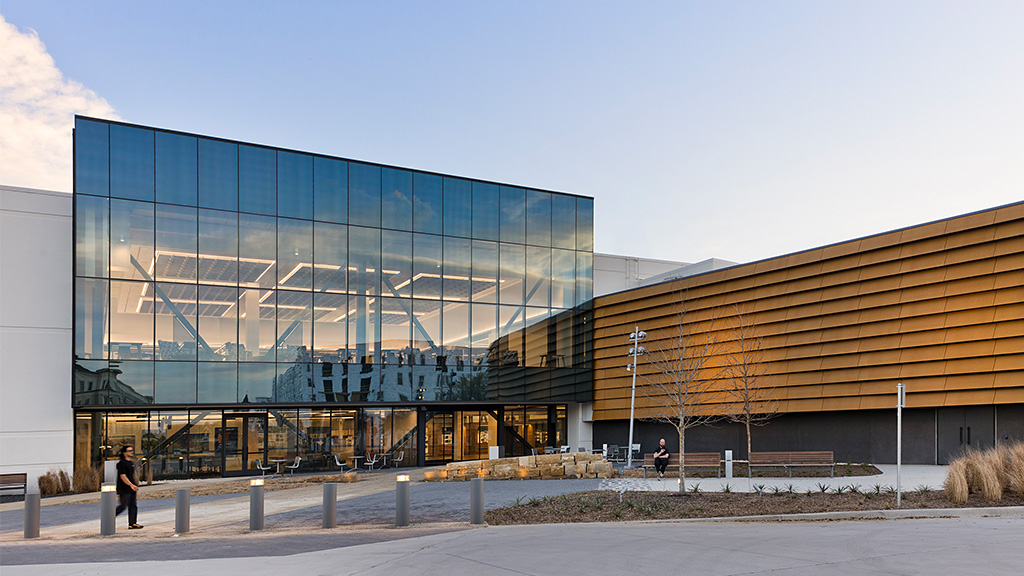
Frisco Public Library
Frisco, Texas
The reimagined Frisco Public Library is an adaptive reuse project that gives new life to a structure that once manufactured both rockets and chicken nuggets.

American Physical Therapy Association Headquarters
Alexandria, Virginia
The new headquarters of the American Physical Therapy Association empowers employee collaboration and promotes mobility, accessibility, and sustainability.
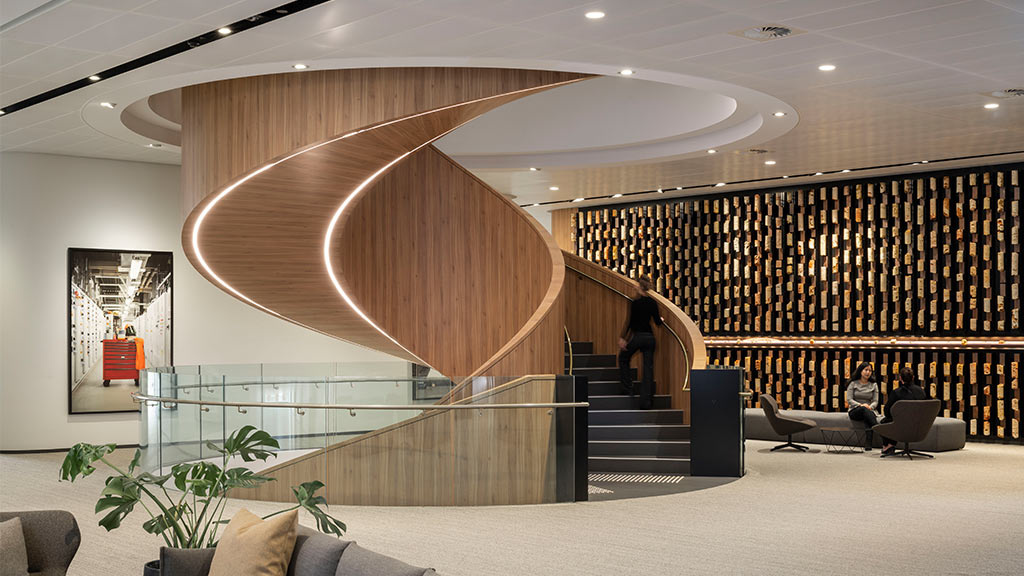
Chevron Perth
Perth, Western Australia, Australia
Chevron Perth embarked on a quest to unite its workforce and communities through a building design centered around health, wellness, and indigenous heritage.
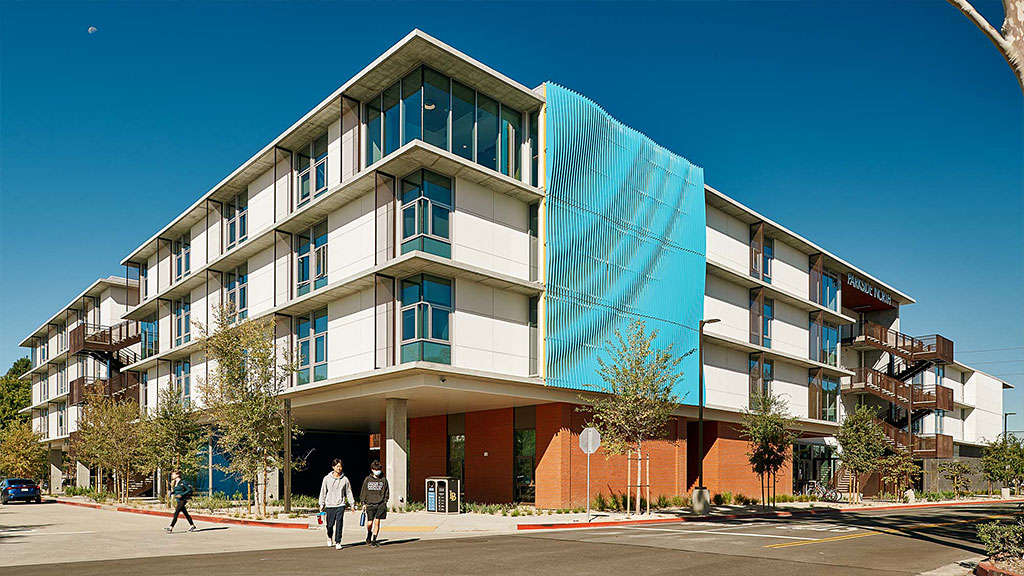
CSULB Parkside North Residence Hall and Housing Administration Building
Long Beach, California
California State University, Long Beach (CSULB) enlisted Gensler to help reach the university’s goal of achieving net-zero status by 2030.
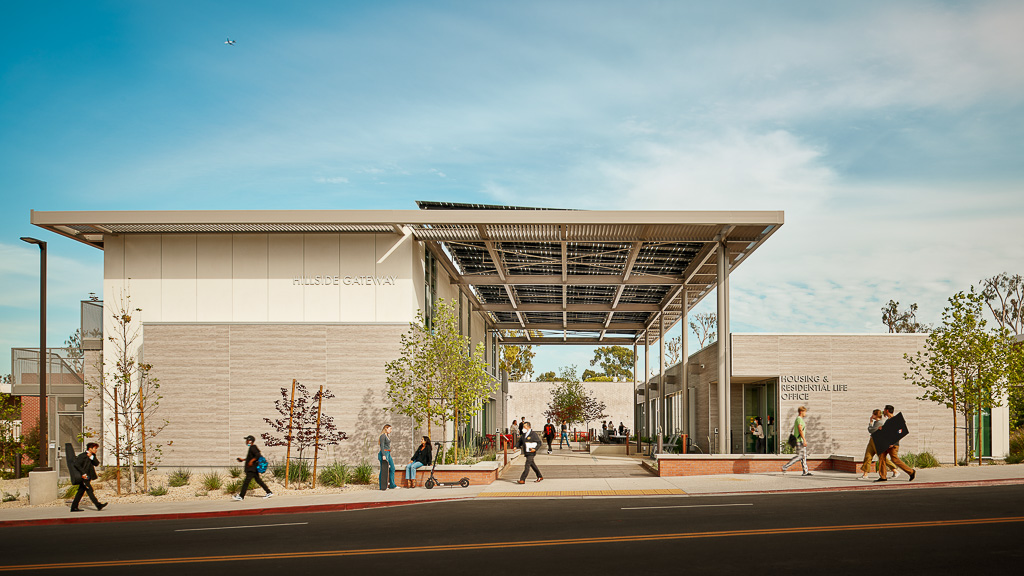
CSULB Hillside Gateway
Long Beach, California
CSULB Hillside Gateway is a game-changer for sustainable campuses. The project generates more energy than it uses, conserves water, and fosters student engagement and well-being. It is a benchmark for sustainable campus development.

Torre Judicial
San José, Costa Rica
Torre Judicial embodies a transformational approach to designing government workplaces by delivering innovation, flexibility, and agility.
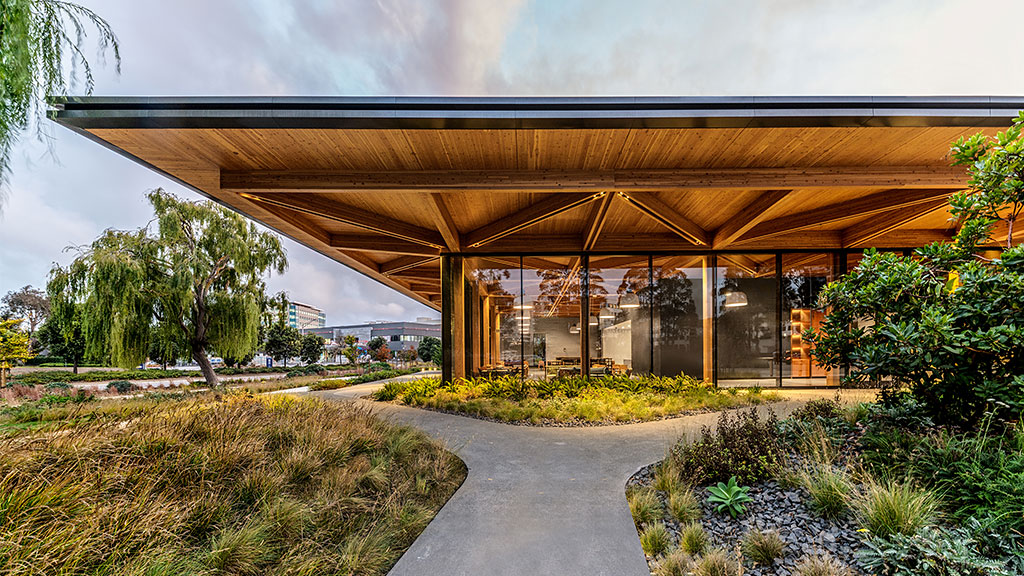
The Lighthouse
South San Francisco, California
The Lighthouse is a shared amenity space for a community of biotech companies in South San Francisco, that is targeting net zero energy.
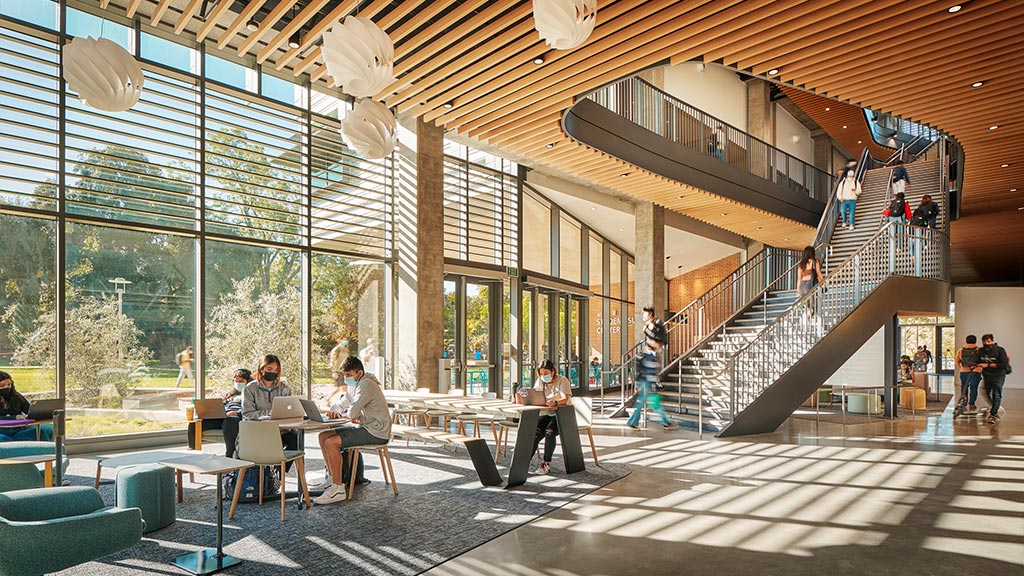
UCR Student Success Center
Riverside, California
The Student Success Center at the University of California, Riverside offers a new, tech-infused hub with classrooms, study spaces, and social settings.

Viettel Group Headquarters
Hanoi, Vietnam
Viettel Group’s LEED Silver-Certified headquarters marks a new standard with an elegant design that seamlessly integrates both workplace and landscape spaces.

The Link
Denver, Colorado
The Link is a creative mixed-use office tower in downtown Denver that transforms an existing building into a modern, amenity-rich environment.
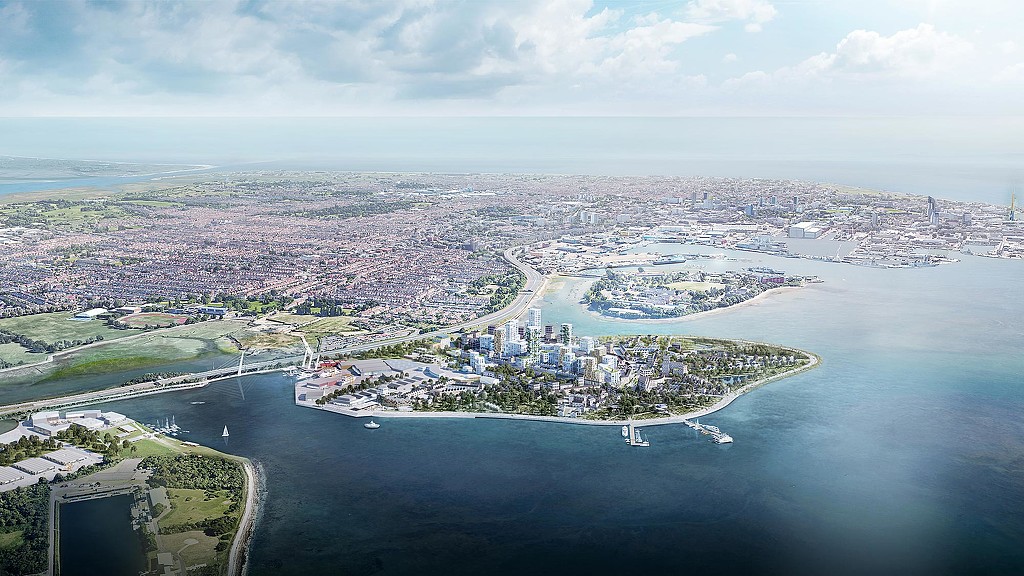
Tipner West
Portsmouth, United Kingdom
The most ambitious expansion to the city of Portsmouth in over a century, Tipner Peninsular is being transformed into an exemplar maritime community that will set a new standard for sustainable living and working with health and wellbeing at its core.
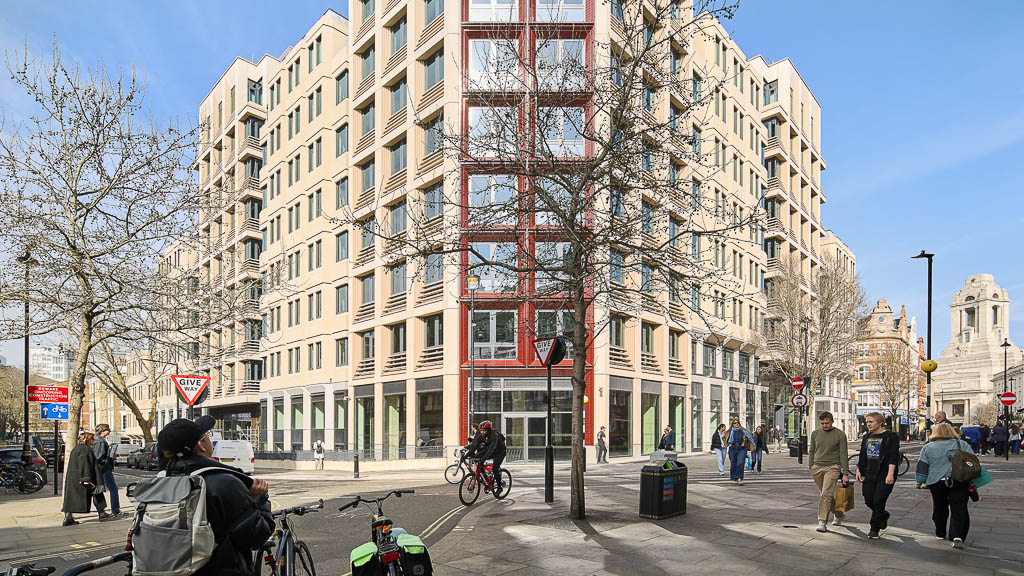
The Acre
London, United Kingdom
Gensler transformed an inward-looking, closed off building into a modern and sustainable workplace that connects The Acre’s past with its future in the heart of London’s Covent Garden.

Torre Universal Sustainability
San José, Costa Rica
Torre Universal, a modern, class A+ corporate office and retail center in San José, strives to be a benchmark of sustainable development, multimodal mobility, and vertical urbanism.
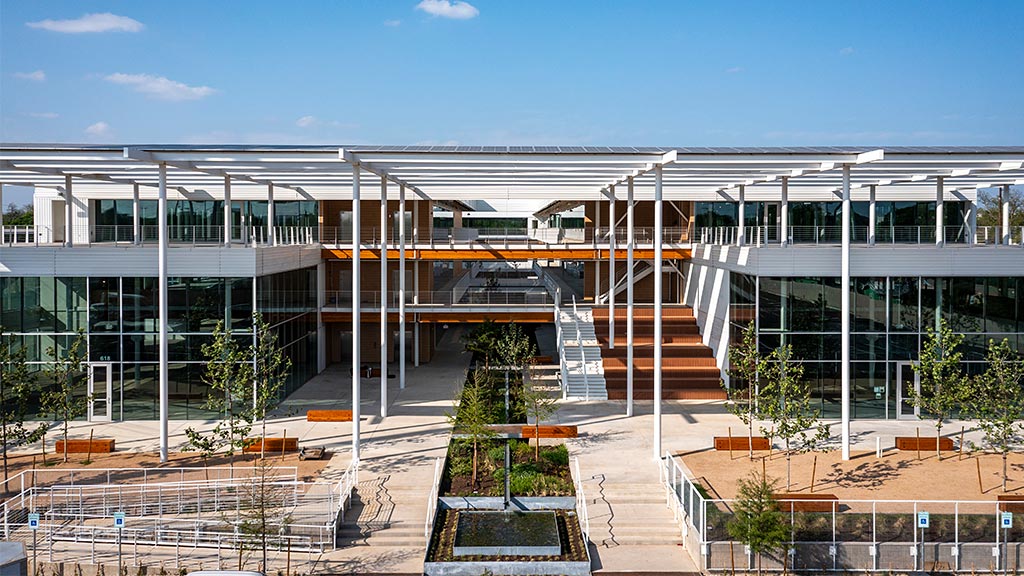
Fifth + Tillery
Austin, Texas
Reviving a post-industrial site in East Austin, Fifth + Tillery reimagines a large warehouse footprint as a vibrant indoor-outdoor creative office building.
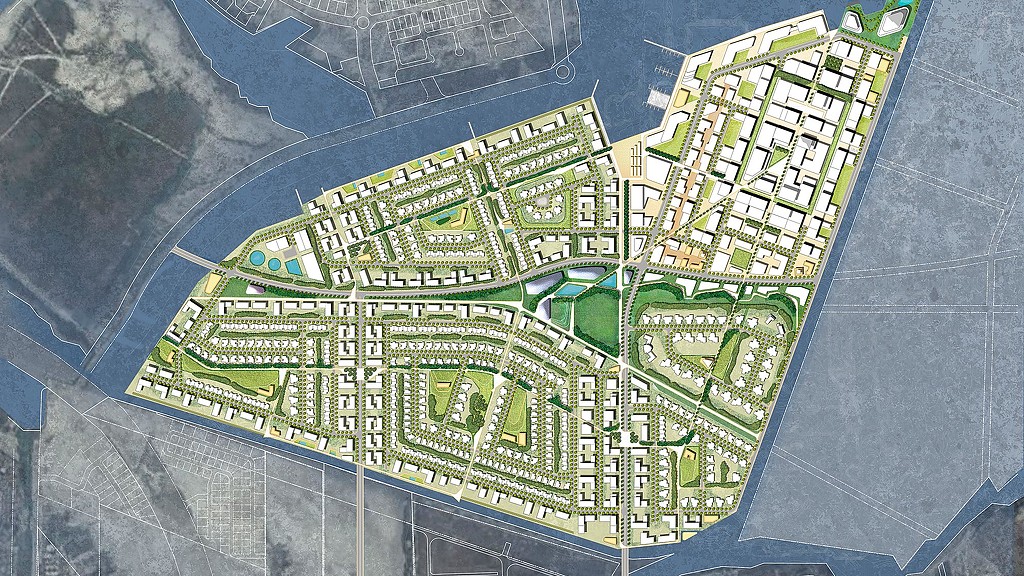
The IIBC — Imperial International Business City
Lagos, Nigeria
Africa’s first smart-eco city, The IIBC — Imperial International Business City — is a 200-hectare sustainable mixed-use residential destination located on a reclaimed island in Lagos Lagoon.
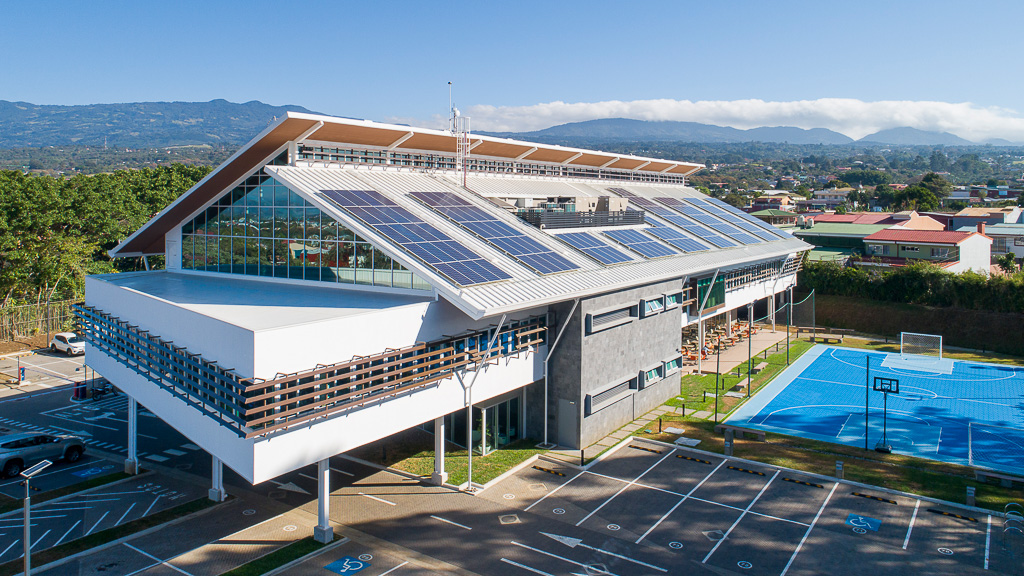
Café Britt Headquarters
Heredia, Costa Rica
Café Britt tapped Gensler to design a highly sustainable headquarters that mirror its company values and embodies its environmental responsibility ethos.
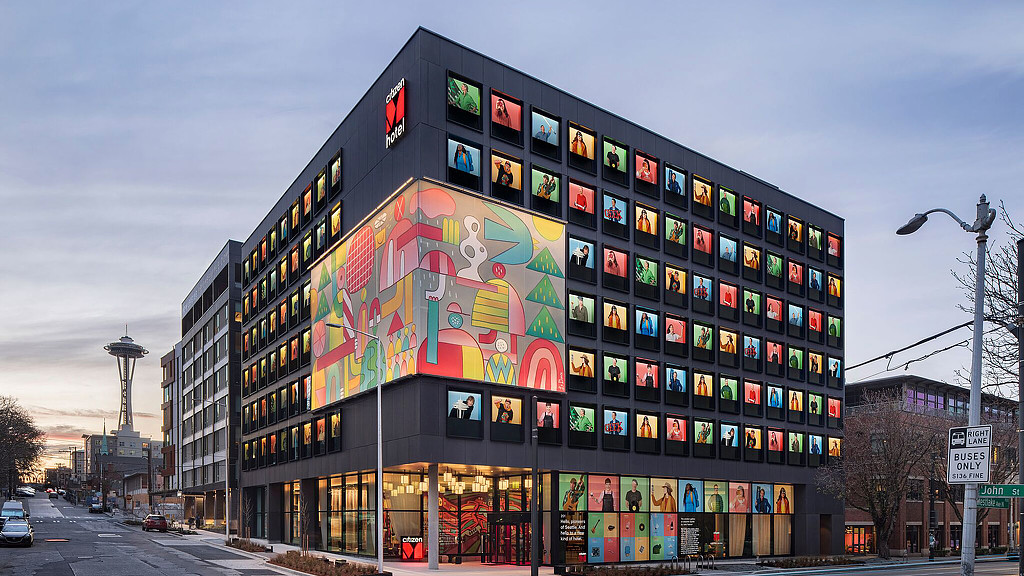
citizenM
Seattle, Washington
Located in Seattle’s South Lake Union neighborhood, citizenM is the city’s first fully modular hotel and a model for sustainable hotel design.

EPIC
Los Angeles, California
Featuring unparalleled access to indoor-outdoor work and social spaces, EPIC defines a future-focused standard for high-rise creative office buildings.

Rochester Commons
Singapore
Singapore’s first campus-style integrated development in one-north, Rochester Commons features Grade A offices, heritage bungalows, a hotel, and Catapult — Southeast Asia’s first immersive executive learning centre.
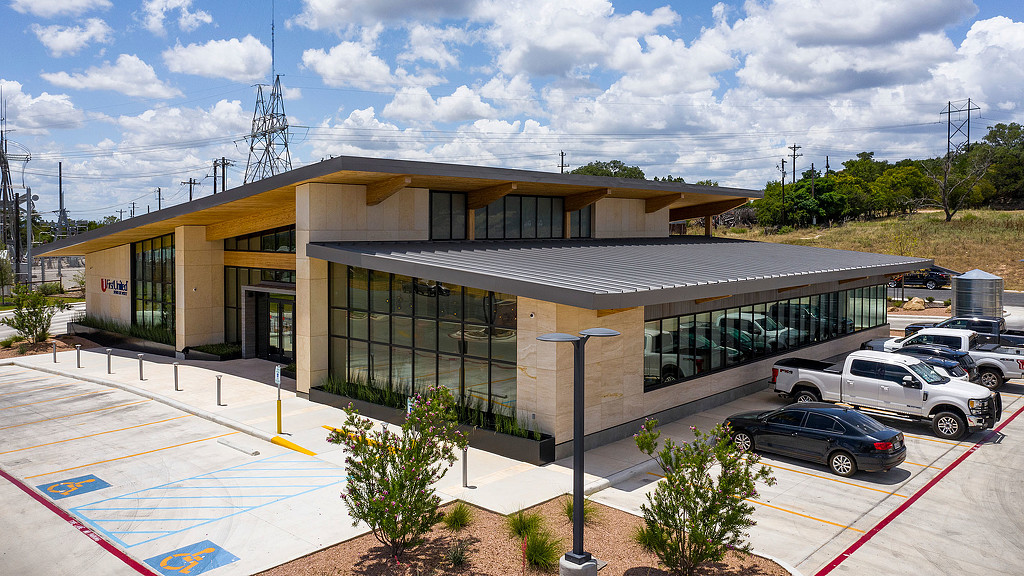
First United Bank
Fredericksburg, Texas
First United Bank wanted to create an open, inviting environment that serves the community with a design that is sustainable, timeless, and long-lasting.

BP Westlake Campus
Houston, Texas
Consistently ranked as one of Houston’s top 10 places to work, BP’s Westlake Campus serves a workforce of nearly 9,000 and consistently pushes the envelope...

Walmart Home Office
Bentonville, Arkansas
Walmart’s new 350-acre home office will be fully integrated into the community, and inclusive of the natural beauty of Northwest Arkansas.
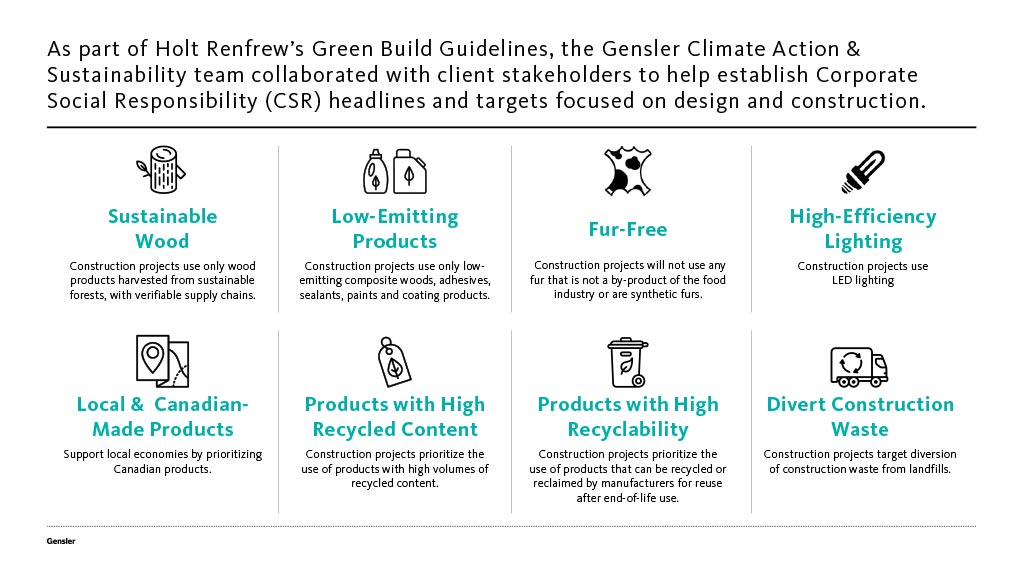
Holt Renfrew Sustainable Guidelines
Toronto, Ontario
Canadian luxury department store chain Holt Renfrew tapped Gensler’s Climate Action & Sustainability consultants to develop its sustainable design and construction guidelines.
_1586293996.jpg)
Conservation International
Arlington, Virginia
Attaining LEED Gold certification was only CI's beginning; the project embodies their mission, impacting the design, sustainability elements, and overall building improvements while going beyond LEED requirements.

World Plaza
Manila, Philippines
World Plaza, a 27-story office building located in Fort Bonifacio Global City, was designed to integrate with the surrounding business and hospitality...

Palisades Village
Los Angeles, California
Located in the heart of Pacific Palisades, the Gensler-designed Palisades Village is a vibrant, outdoor, and community-friendly mixed-use redevelopment.
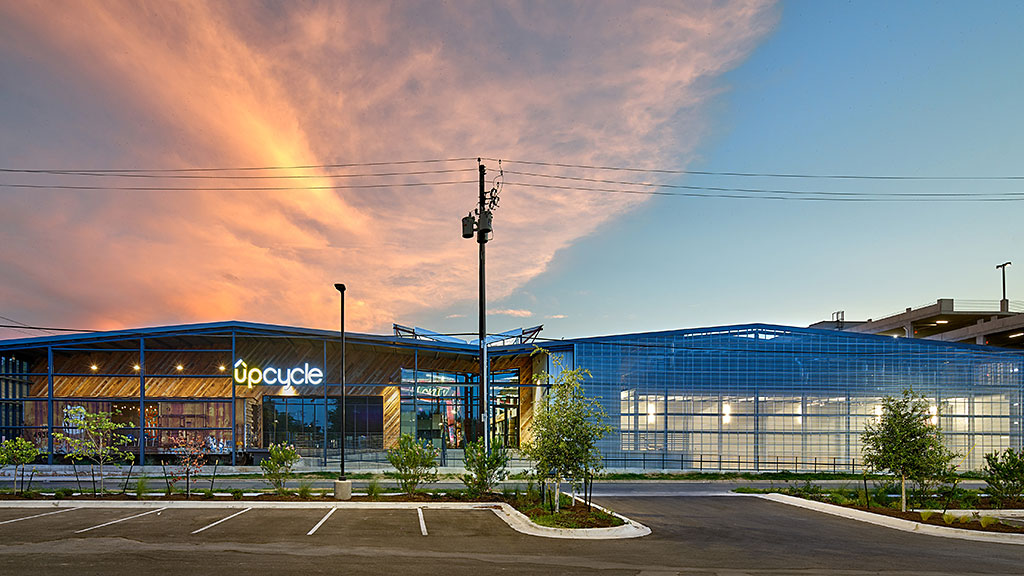
UPCycle
Austin, Texas
Guided by the concepts of upcycling, adaptive reuse, and a sustainable design approach, Gensler repositioned a dilapidated old warehouse into creative offices.

CapitaSky
Singapore
CapitaSky is a 29-storey Grade-A office tower designed for tech, media, finance, and professional firms, strategically located in Singapore’s Central Business District.
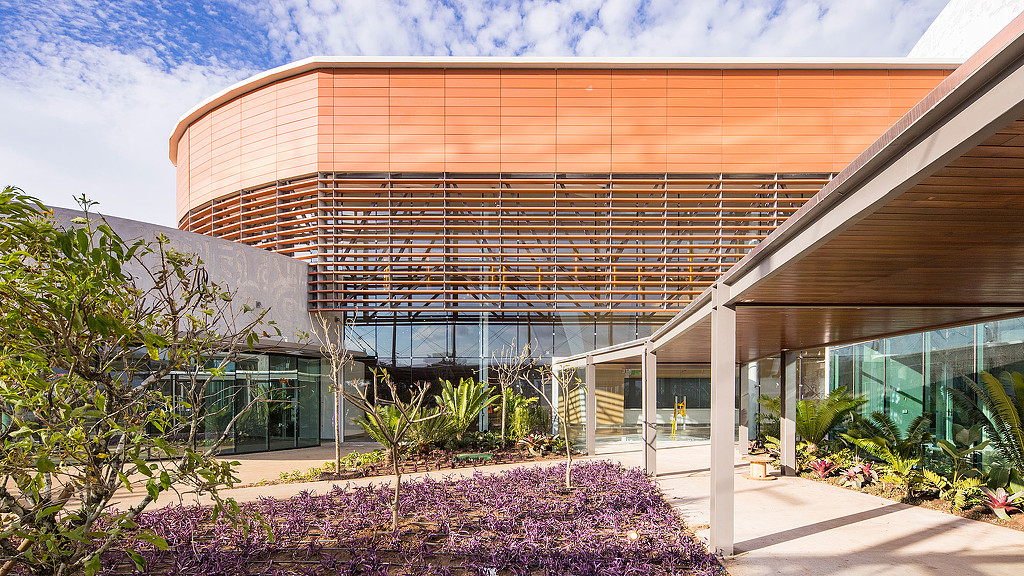
Centro de Convenciones de Costa Rica
Heredia, Costa Rica
Costa Rica’s first convention center sustainable design milestone in a country that pioneered eco-tourism and is committed to a forward-looking green ethos.

Fairmont Austin
Austin, Texas
Located downtown, next to the Austin Convention Center, this new 37-story, 1.4-million square-foot hotel is the third-tallest building in the city. With...

The Finance Centre Tower
Manila, Philippines
The Finance Centre tower is Daiichi Properties’ latest addition to the Fort Bonifacio Global City skyline. With 1.3 million square feet of mixed-use program, the 44-story tower features two floors of retail, a health and wellness amenity floor, 31 floors of office workspace, and a penthouse-level executive office.
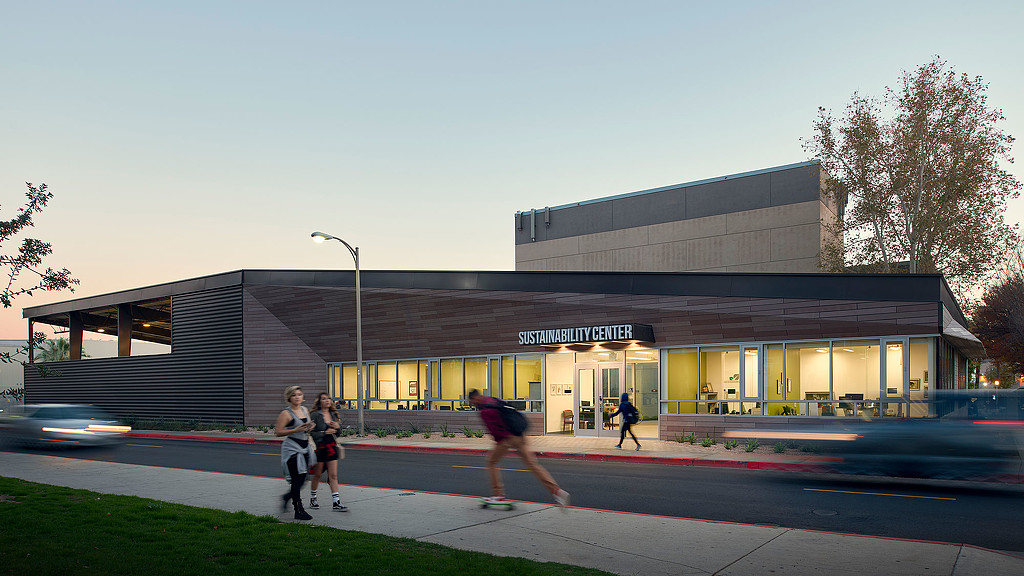
CSU Northridge Student Sustainability Center
Northridge, California
Through net zero consulting and LEED certification management, Gensler’s Climate Action & Sustainability consultants helped the Center achieve LEED Platinum status and become the completed net zero energy building in the CSU system, with a 24KW rooftop photovoltaic array with a glazed overhead window that offsets the building’s entire energy needs.
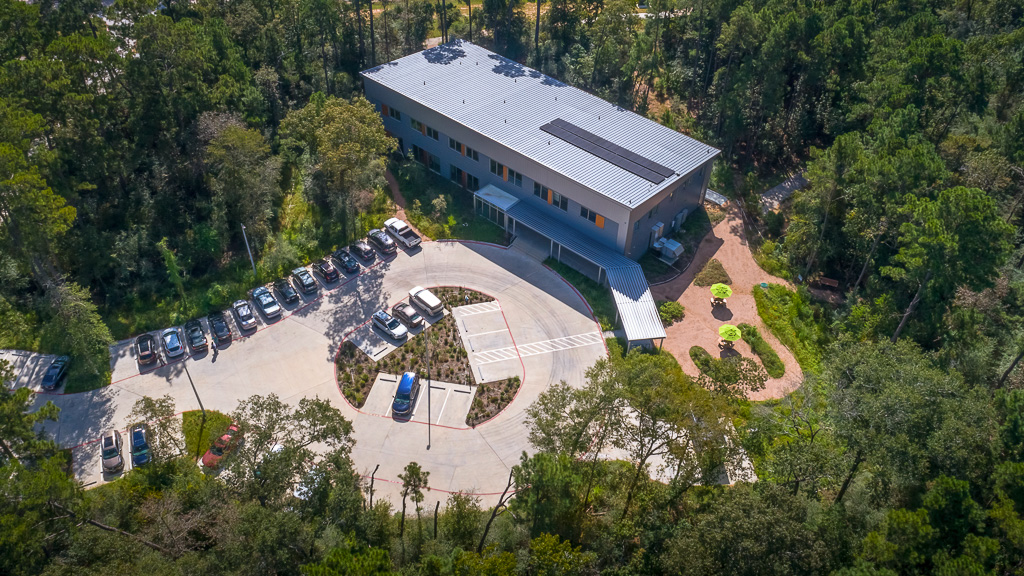
Houston Advanced Research Center (HARC)
Houston, Texas
Gensler designed the Houston Advanced Research Center to embody its sustainability mission and serve as a prototype for affordable, high-performing buildings.
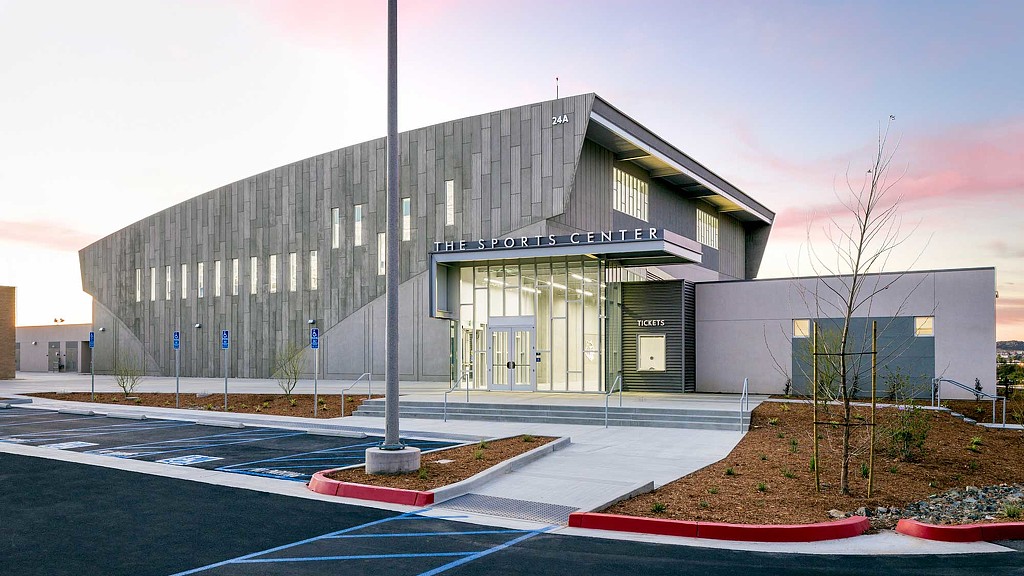
California State University, San Marcos, Field House
San Marcos, California
Designed to meet NCAA Division II standards, this 26,000-square-foot expansion of the M. Gordon Clarke Field House and Student Union joins sports and...

Etsy
Brooklyn, New York
Etsy’s 200,000-square-foot headquarters is one of the largest Living Building Challenge (LBC) Petal-Certified buildings in New York City.

Federal Aviation Administration Southwest Regional Headquarters
Fort Worth, Texas
One of the country’s largest government developments, the FAA’s new environmentally sensitive build-to-suit headquarters will consolidate more than 1,300 of...

Prince Jonah Kuhio Kalanianaole Federal Building and U.S. Courthouse
Honolulu, Hawaii
An aggressive schedule, the desire for LEED® certification, and a goal of reducing energy consumption by 30 percent are just some of the challenges...

The Tower at PNC Plaza
Pittsburgh, Pennsylvania
In designing The Tower at PNC Plaza, a 32-story corporate headquarters, Gensler and its partners set a new standard for sustainable skyscrapers.

California State University, Long Beach, Blair Field
Long Beach, California
California State University, Long Beach (CSULB) enlisted Gensler’s climate and sustainability services to help reach the university’s goal of achieving net-zero status by 2030. Two ambitious projects establish a culture of sustainability and set a tone for the future of the campus,

Shanghai Tower
Shanghai, China
The 632-meter Shanghai Tower, designed by Gensler, ranks as China’s tallest building and showcases cutting-edge sustainable strategies.
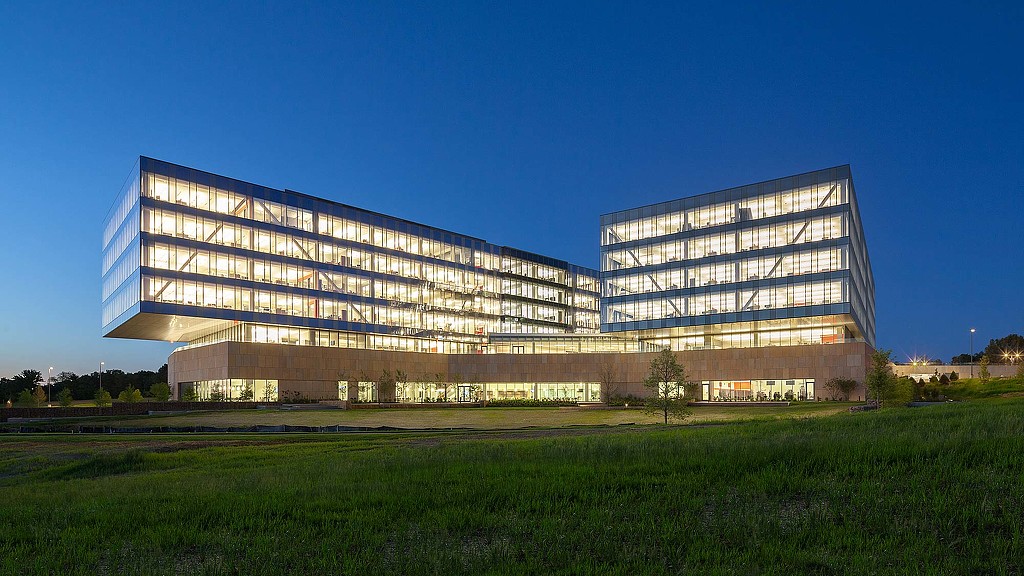
Reinsurance Group of America
Chesterfield, Missouri
The St. Louis offices of Reinsurance Group of America (RGA), a global leader in life and health reinsurance, had been spread across three separate...

U.S. General Services Administration, Federal Office Building
Miramar, Florida
Along with Hensel Phelps, Gensler is managing a design-build team that will deliver this new GSA office building to meet the 2030 “net zero” objectives of...

Nixon Peabody LLP
San Francisco, California
Nixon Peabody is the first U.S. law office to achieve LEED® certification. With one of the oldest environmental law practices in the country, the firm's...
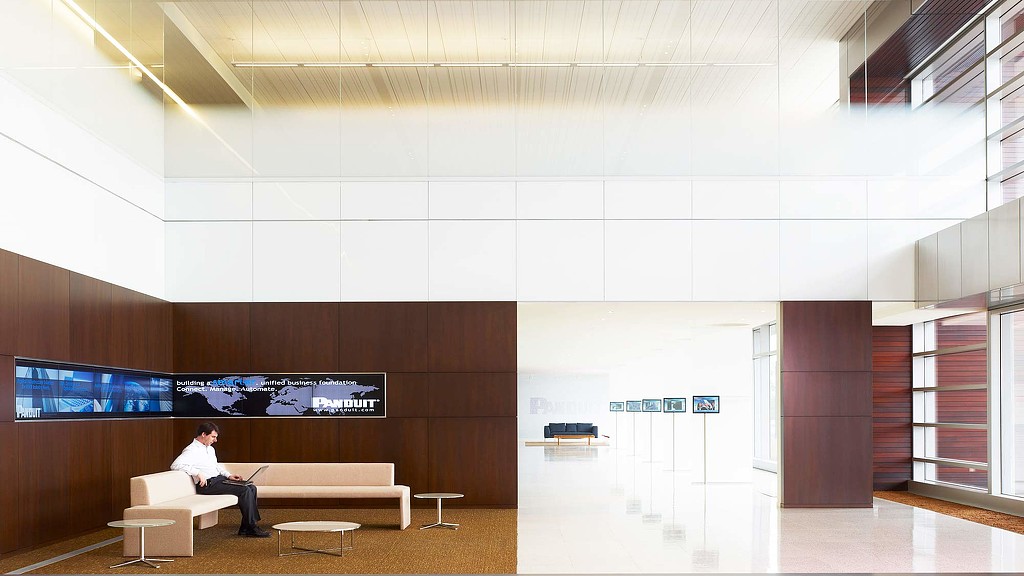
Panduit
Tinley Park, Illinois
During the last decade, Gensler has partnered with this global manufacturer and distributor of electrical solutions, developing guidelines and standards for...

Hotel Palomar Philadelphia
Philadelphia, Pennsylvania
An adaptive re-use of Philadelphia’s historic “Architects Building,” this sophisticated 230-room hotel is Kimpton’s first LEED® Silver-certified property...
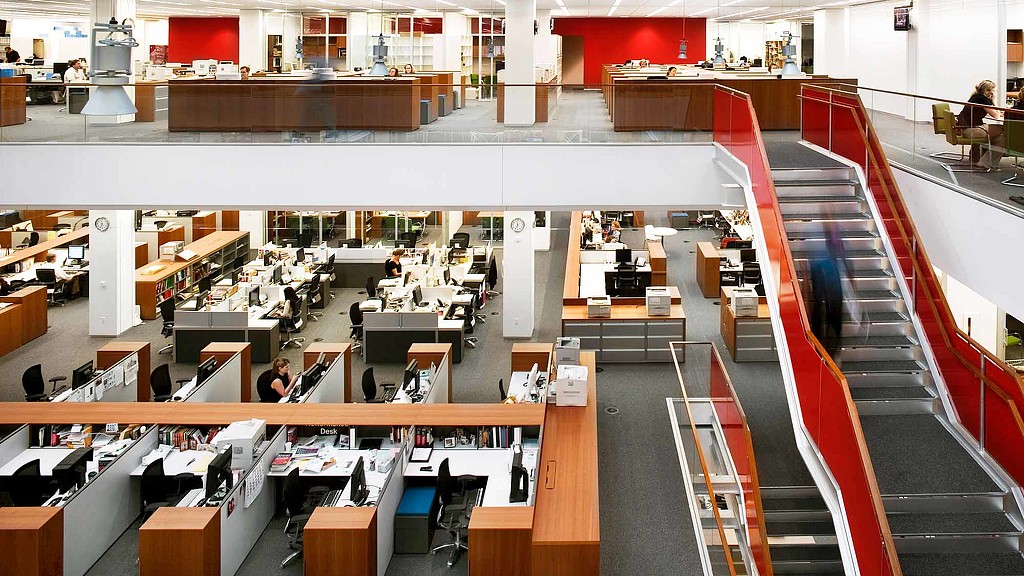
The New York Times Company
New York, New York
Transparent news reporting is essential to the success of media companies such as The New York Times Company. The Times' new building is a reflection of the...

CityCenter
Las Vegas, Nevada
Gensler served as Executive Architect for CityCenter, the largest private development in the U.S.,which provides a cosmopolitan hub on The Strip.

Hess Tower
Houston, Texas
Houston’s first downtown LEED® Platinum office building, Hess Tower is a truly 21st century facility. Originally designed as a speculative office building...
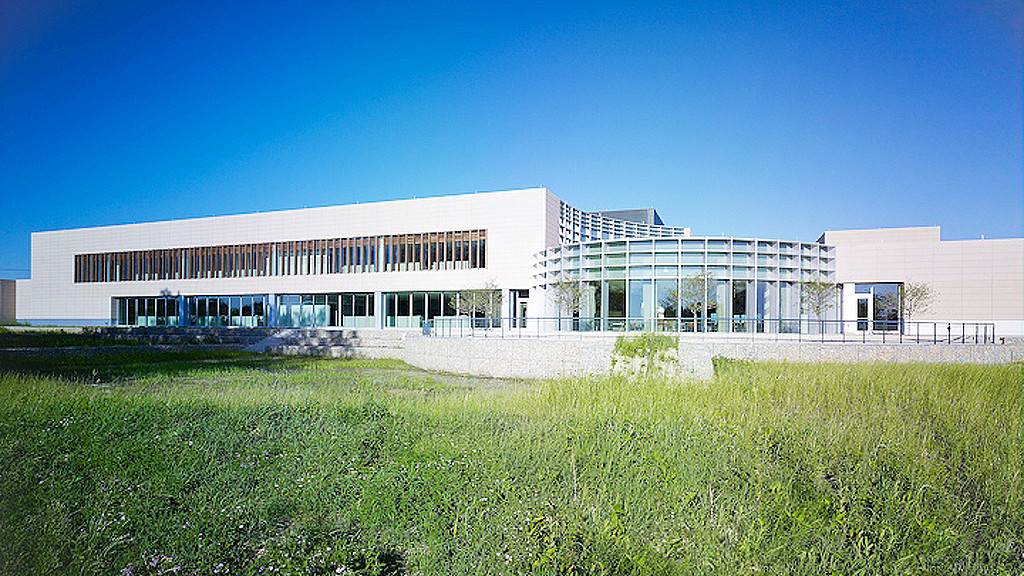
AMCOL International
Hoffman Estates, Illinois
A manufacturer of specialty mineral products, AMCOL partnered with Gensler to design a headquarters that showcases innovation and environmental stewardship...

Alliance for Sustainable Colorado
Denver, Colorado
Working closely with the Alliance for Sustainable Colorado, Gensler developed a design concept for a high-performance renovation of the nonprofit’s office.
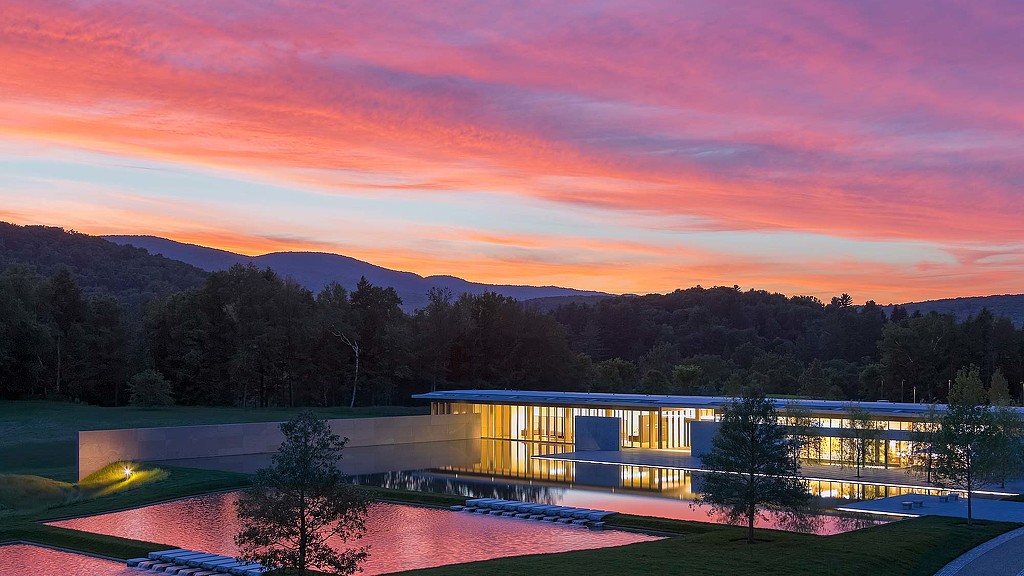
The Clark
Williamstown, Massachusetts
Gensler served as executive architect and sustainability consultant for a series of transformative projects on the Sterling and Francine Clark Art...
The Beacon Institute for Rivers and Estuaries
Beacon, New York
The Beacon Institute’s global center for the study and conservation of waterways is housed in this LEED® Gold adaptive reuse project on the banks of the...
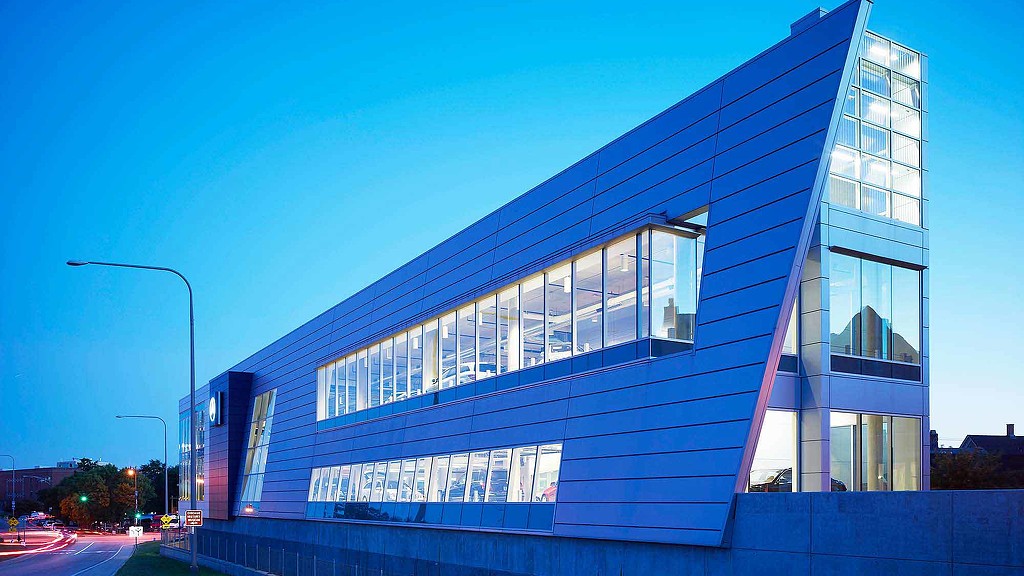
Fletcher Jones Mercedes-Benz of Chicago
Chicago, Illinois
Adjacent Chicago’s heavily trafficked Kennedy Expressway, this new dealership provides a showcase for Fletcher Jones’ luxury automotive range and commitment to sustainability.
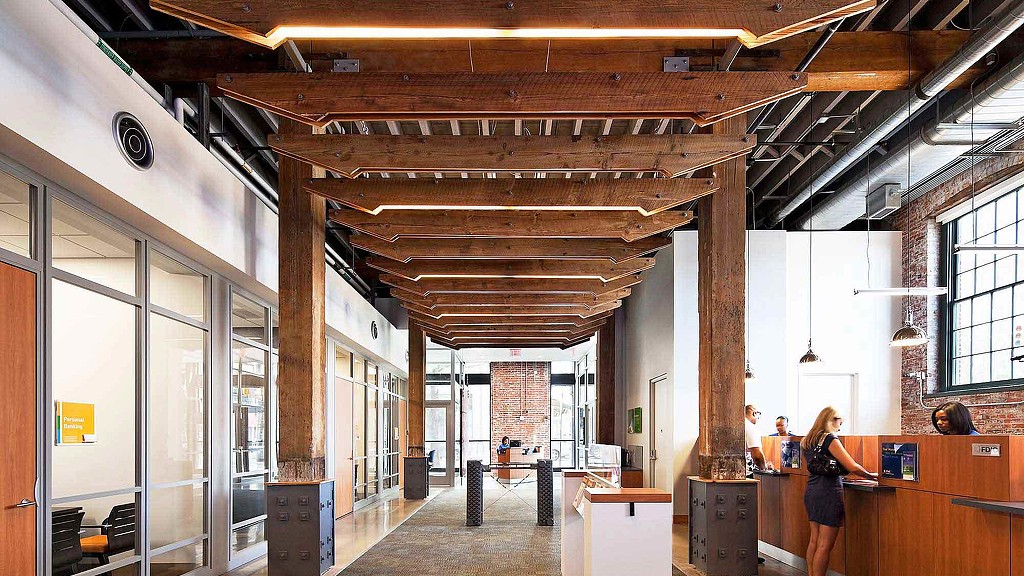
PNC Bank, Harbor East
Baltimore, Maryland
Located within Baltimore’s hip, urban Harbor East neighborhood, this branch incorporates PNC Bank design objectives — recognizable, accessible, sustainable...
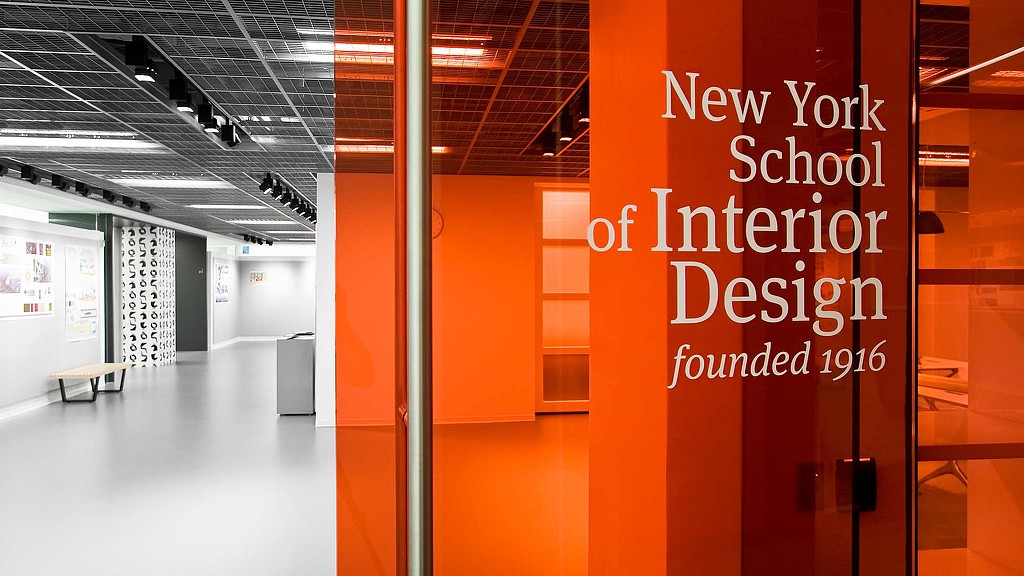
New York School of Interior Design
New York, New York
With its new graduate facility, the nearly century-old New York School of Interior Design (NYSID) has a center that embodies a studio atmosphere, while...

American Multinational Energy Corporation
San Ramon, California
In consolidating workers from two buildings to one, this energy firm gained a dynamic work environment that encourages the exchange of ideas, creates a...

Port of Long Beach
Long Beach, California
Seeking to exemplify environmental leadership while meeting its operational and functional needs, the Port of Long Beach sought a new campus maintenance...

Goodyear: Brand Design
Akron, Ohio
In Goodyear’s new Akron headquarters, the company’s culture and legacy have been brought to life through an immersive experience in which clean, modern...
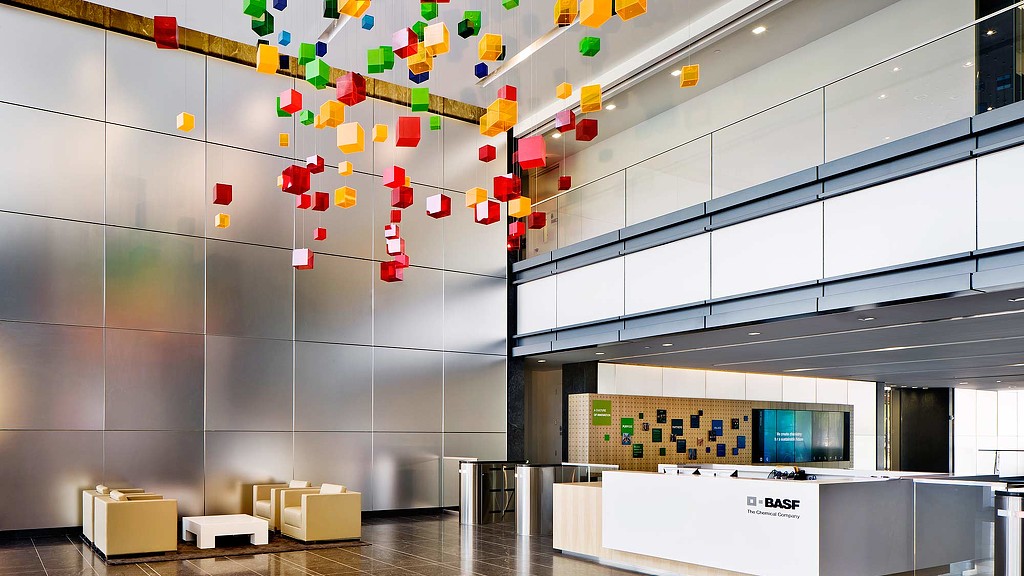
BASF
Florham Park, New Jersey
For its North American regional headquarters, chemical company BASF engaged Gensler to design a progressive and sustainable workplace environment that...
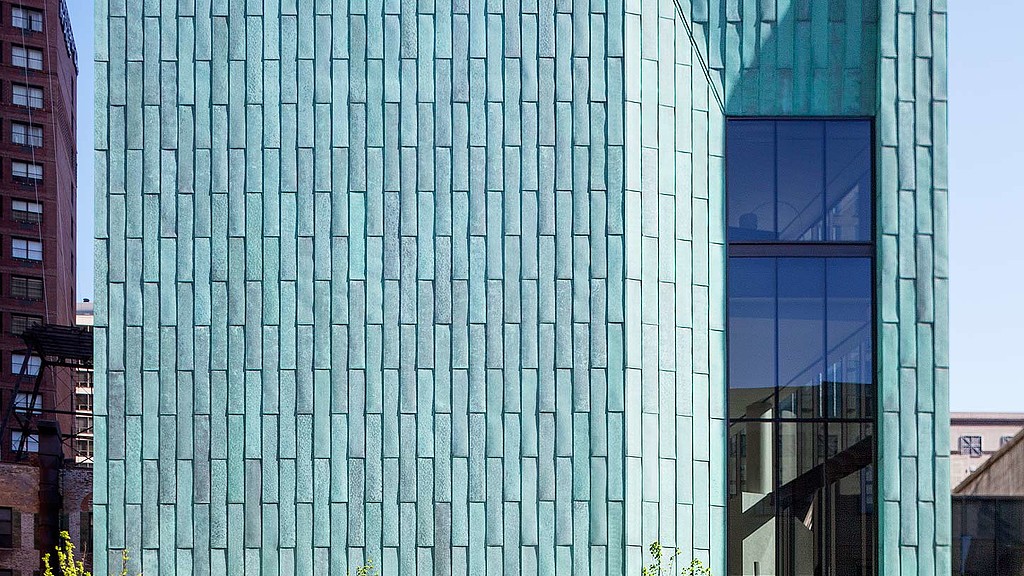
Fourth Presbyterian Church of Chicago, Gratz Center
Chicago, Illinois
Sited on the Magnificent Mile and across from the John Hancock Tower, Fourth Church is one of Chicago’s most visible religious institutions. Built after the...

Duke Kunshan University
Kunshan, China
Just west of Shanghai, this five-building complex is a model of sustainable development, organized around a vast manmade lake and connected by bridges...

Rio 2016 Olympic Master Plan
Rio de Janiero, Brazil
Gensler led a top-finishing competition consortium of architects, urban designers and environmental engineers in the planning and design of Rio Olympic...

Southwest Energy Company Renovation/Repurpose
Southwest, United States
When the economic downturn scrapped a ground-up project, Gensler’s design team had a new directive: repurpose an 80,000-square-foot, 40-year-old building...
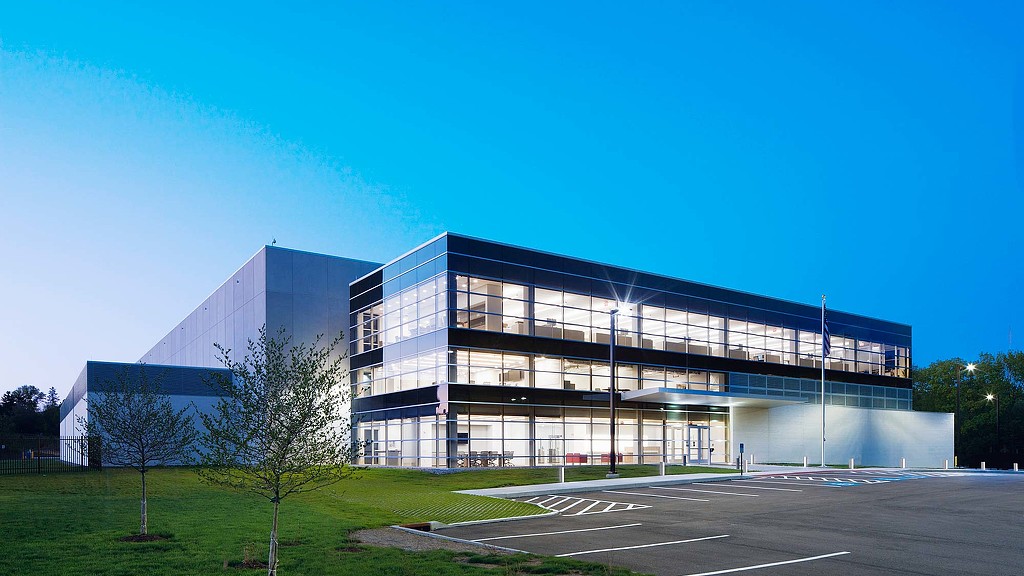
Cleveland Clinic Data Center
Brecksville, Ohio
The Clinic treats 4.6 million patients a year through 26 health institutes, and its medical records (which are maintained digitally) need to be available...

Portland Jetport
Portland, Maine
Portland Jetport had grown sporadically, through multiple additions over the years, and suffered a lack of architectural character and severe overcrowding...

World Food Prize
Des Moines, Iowa
Designed by Gensler, the World Food Prize's new headquarters occupies the former Des Moines Public Library, a magnificent Beaux Arts library listed on the National Register of Historic Places.

Venables Bell & Partners
San Francisco, California
This cutting-edge advertising firm sits high above one of the most visible corners in San Francisco’s Union Square. Conceived as an “idea incubator,”...

San Francisco International Airport, Terminal 2
San Francisco, California
The renovated San Francisco International Airport Terminal 2 elevates the passenger experience with an emphasis on service, hospitality, and comfort.
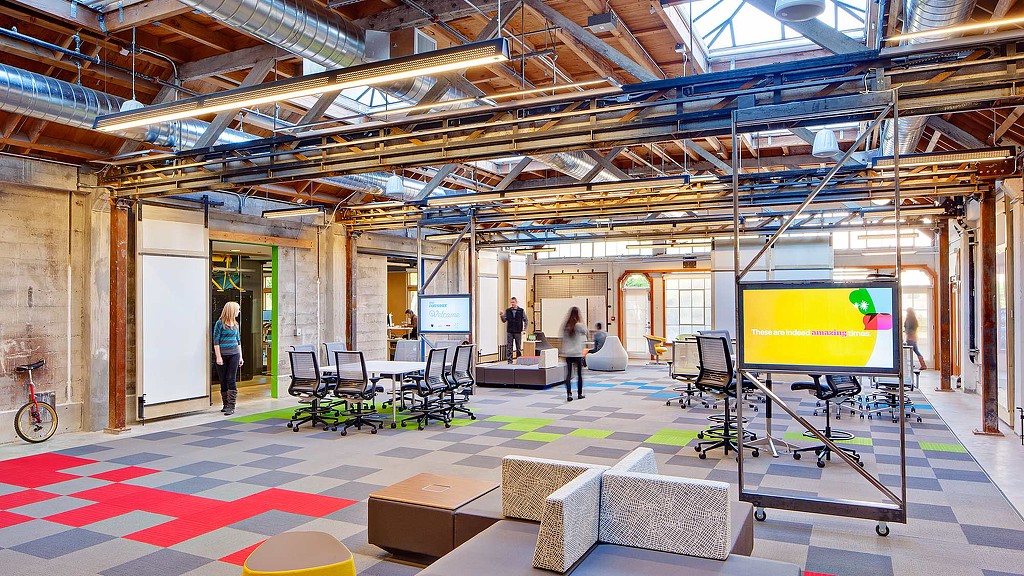
AT&T Foundry
Palo Alto, California
AT&T sought to create a highly adaptable workshop-lab-incubator where developers, inventors, suppliers and students could experiment with AT&T’s systems...

Glumac
Portland, Oregon
For its Portland office renovation, engineering firm Glumac turned to Gensler for an environment that would encourage collaboration and reflect the...

Ropes & Gray, LLP
Boston, Massachusetts
Following previous successful collaborations between Gensler and Ropes & Gray, elements of commonality across multiple projects were identified, enabling...
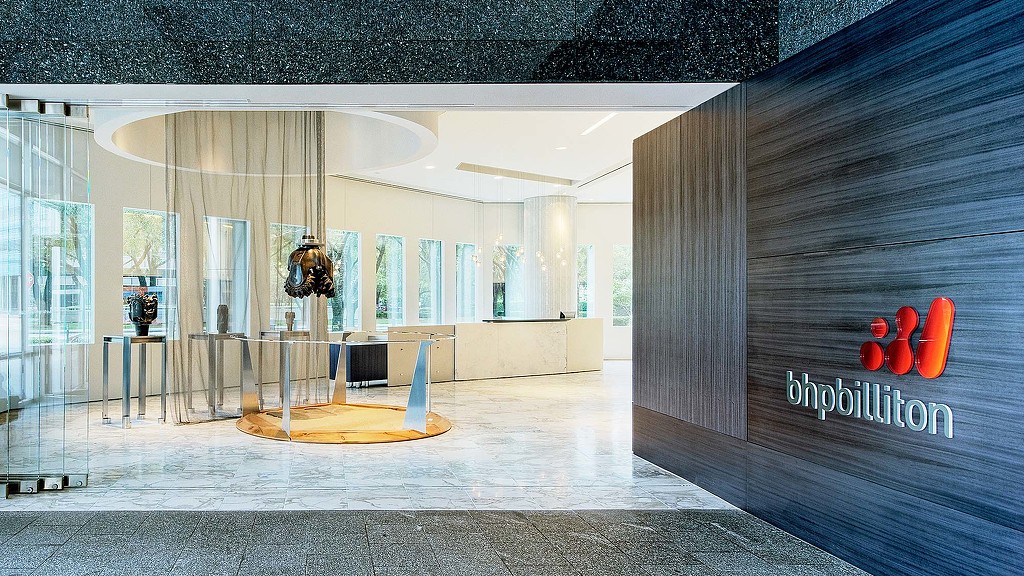
BHP Billiton
Houston, Texas
For its new six-story headquarters, Australian-based BHP Billiton wanted a workplace that would inspire and nurture its people. Gensler’s charge was to...

Mineta San Jose International Airport
San Jose, California
To initiate a $1.3 billion airport modernization program, Gensler composed a master plan encompassing a new Terminal B and Concourse, major upgrades of...

Fairmont Pittsburgh
Pittsburgh, Pennsylvania
Gensler considered and designed every detail of this office/hotel/condominium project — from its strategic location to it furnishings — for optimal...
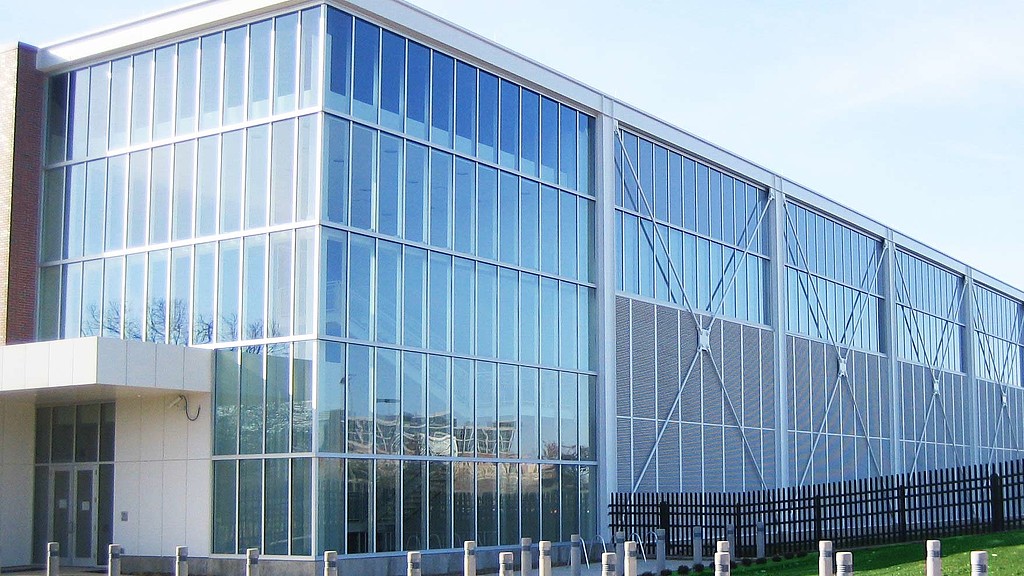
University of Illinois NCSA Petascale Computing Facility
Champaign, Illinois
This state-of-the-art, LEED®-NC Gold-certified building, designed to withstand an EF-3 tornado, provides a secure, efficient operating environment for one...
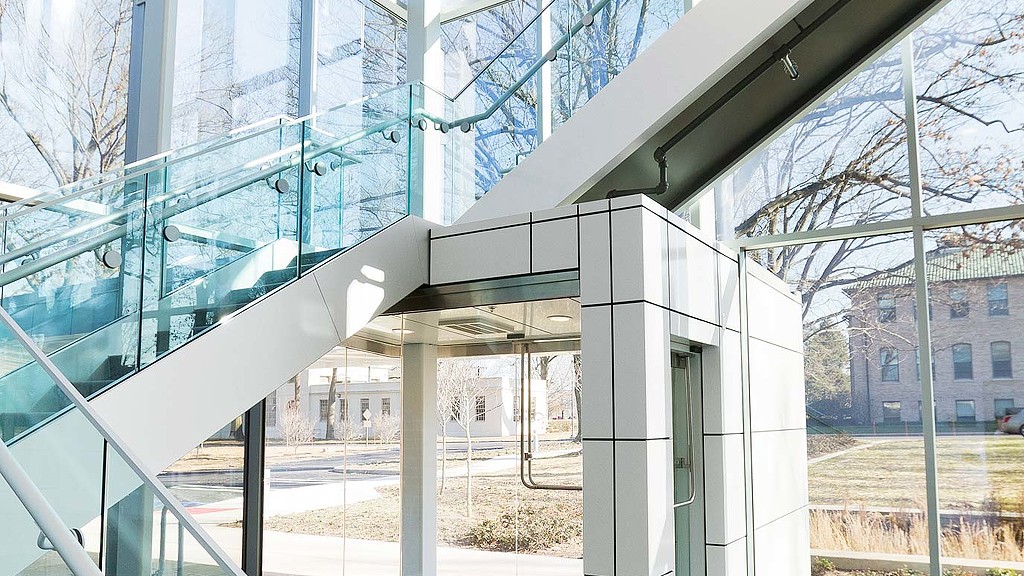
High-Performance Research Computing Center at Princeton University
Plainsboro, New Jersey
Situated on Princeton’s Forrestal campus, this 47,000 square-foot project is the new home to powerful research computers capable of such highly technical...

Patriots Plaza
Washington, D.C.
Patriots Plaza, the first speculative office complex to meet post-9/11 security requirements, represents a building that offers appealing workspace...

Reed Smith LLP, London
London, United Kingdom
The driving goal for Reed Smith’s flagship London office was to foster relationships. Space for this was made ample. Practice floors are designed around...

U.S. Drug Enforcement Agency (DEA)
Denver, Colorado
Through a GSA design-build lease-back competition, the DEA sought a new headquarters facility that would serve as an iconic home for the agency, improve its...
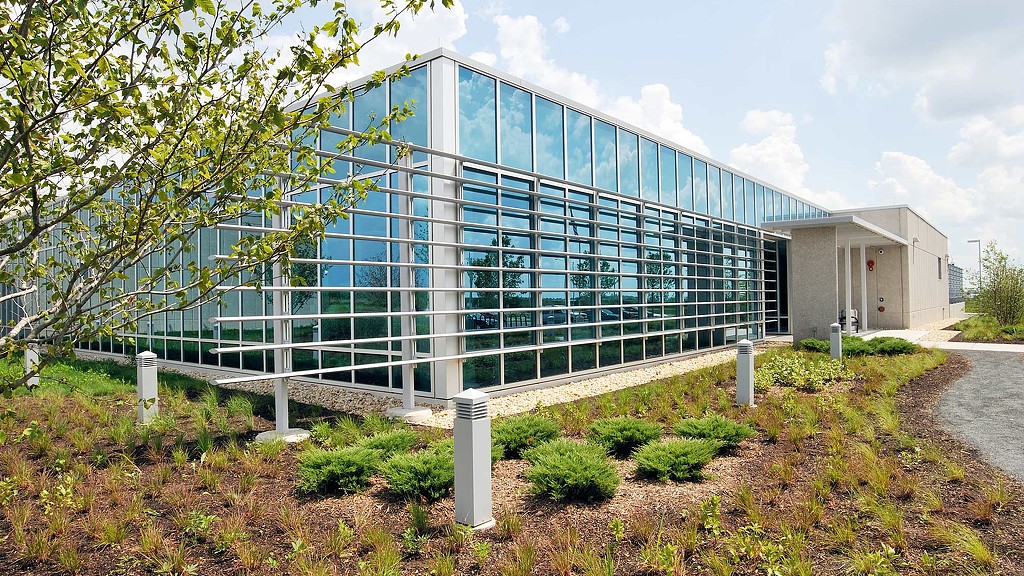
Financial Services (Full-Service Insurance) Company
Rochelle, Illinois
Data center requirements often consign design to a box — typically a windowless one. Rather than conform to conventional constraints, Gensler used them to...

Banner Health Technology Center
Confidential Location
The design and documentation of this two-story, 65,000-square-foot facility were completed using BIM modeling software, which integrates the mechanical...

Walter P Moore
Houston, Texas
As part of its rebranding program, this well-respected engineering firm wanted its new headquarters in a downtown office tower where it could demonstrate...

Center on Halsted
Chicago, Illinois
Center on Halsted is the Midwest’s most comprehensive community center dedicated to advancing community and securing the health and well-being of local lesbian, gay, bisexual, transgender and queer (LGBTQ) people.
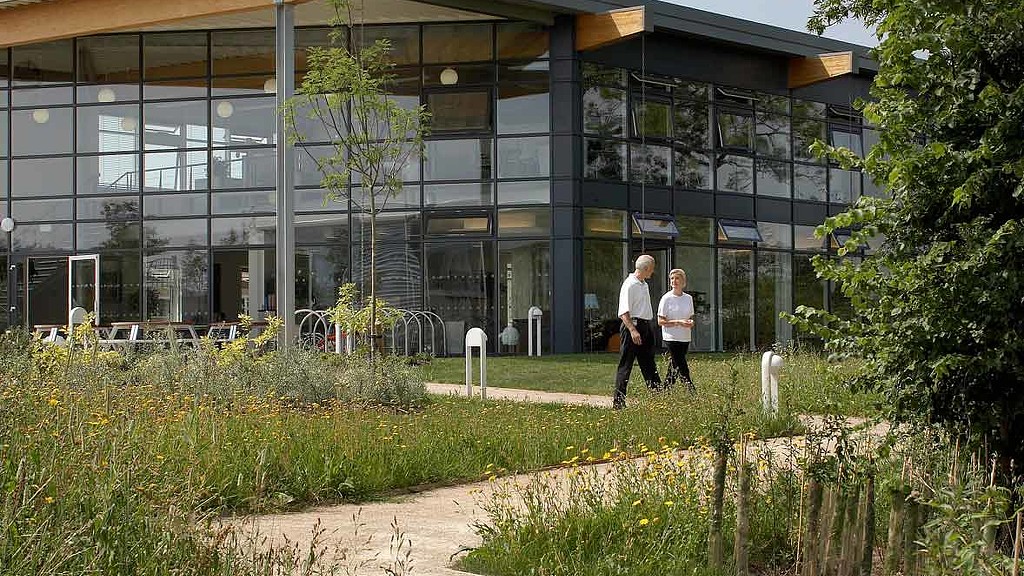
Herman Miller
Chippenham, United Kingdom
The renowned furniture designer and manufacturer’s European headquarters combines office and showroom space to explore new ways of working in a sustainable...
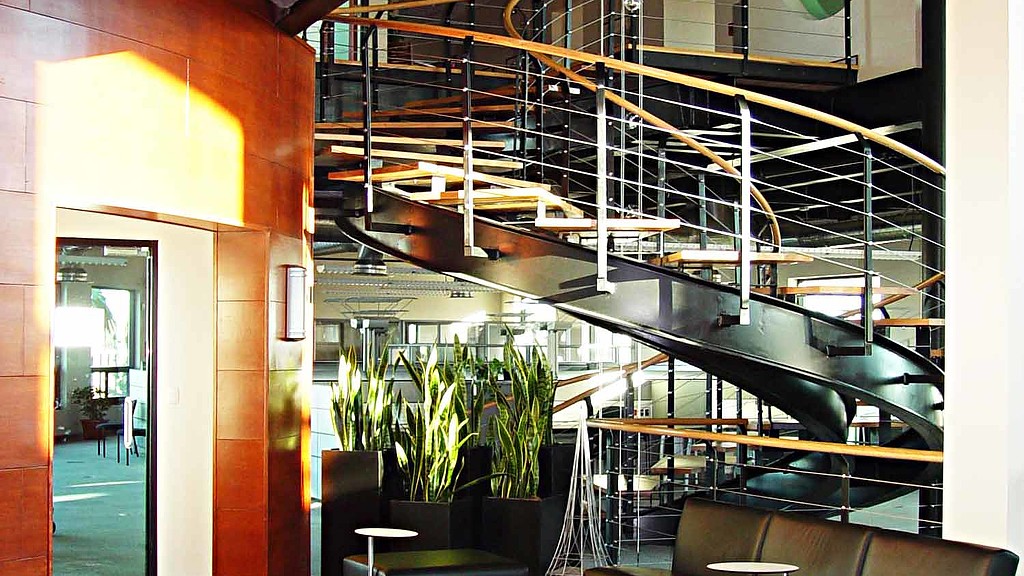
Centro Internacional de Negocios (CIN)
Juárez, Chihuahua, Mexico
Together with CIN’s developer, Gensler designed this new 40,000-square-foot office building in the border city of Juárez with the vision that it become...
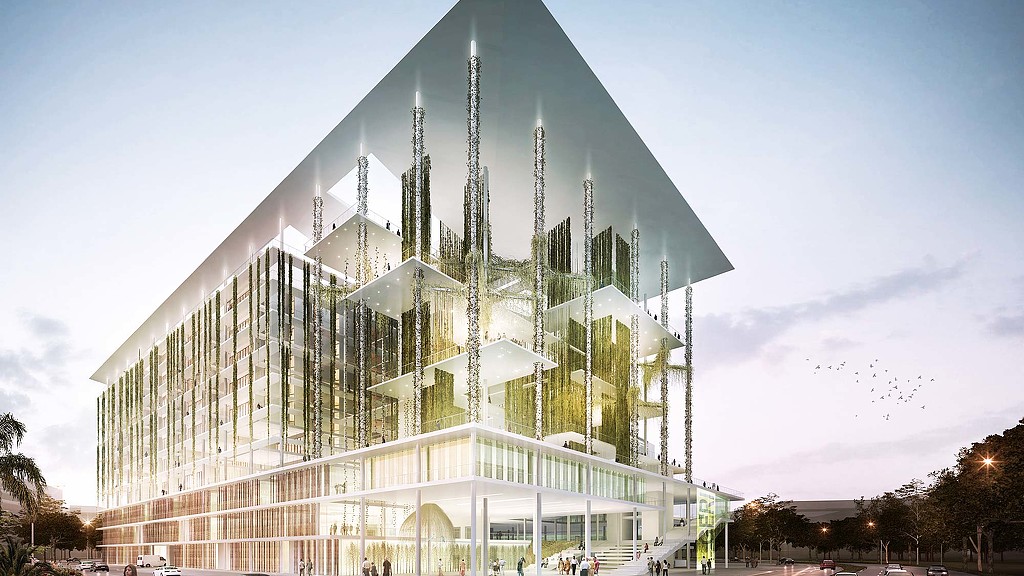
Community Hospital @ Yishun
Singapore
Singapore is seeking to care for one of Asia’s fastest-aging populations; and the Community Hospital @ Yishun aims to serve it with the best in “slow...

Project Cardinal
North Carolina, United States
Targeting LEED® Gold certification, this project serves as the prototype of the client’s next-generation data center program. At this fault-tolerant...

Financial Services (Banking) Company
Confidential Location, China
The final piece of the client's three-facility construction program, this state-of-the-art data center will be among the largest in China for domestic...
Meet Our Design Resilience Community
We embed professionals in every practice and every office to achieve sustainable strategies at scale.
Related Companies, Austin
DESIGN RESILIENCE LEADERS
22 Items

Kirsten Ritchie
Global Climate Action & Sustainability Leader, Cities Sector Leader, Principal
As a global leader of Gensler’s Climate Action & Sustainability practice, Kirsten Ritchie serves as one of the firm’s leading sustainability ambassadors.

Rives Taylor
Global Resilience Research Lead, Principal
Rives Taylor directs Gensler’s global Design Resilience teams and initiatives and is a recognized expert in resilient, high-performance, and sustainable design.

Trevor To
Hospitality Leader, Design Manager
Trevor To is a Hospitality leader for Gensler’s Europe region and a dedicated architect working on all stages of architectural projects.

Amanda Zaitchik
Studio Director, New York
As a Studio Director in Gensler’s New York office, Amanda specializes in designing experiences at the intersection of brand, digital, and interior design.

Chris VanderWeyden
Senior Sustainability Specialist
Chris VanderWeyden is a Senior Sustainability Specialist at Gensler.
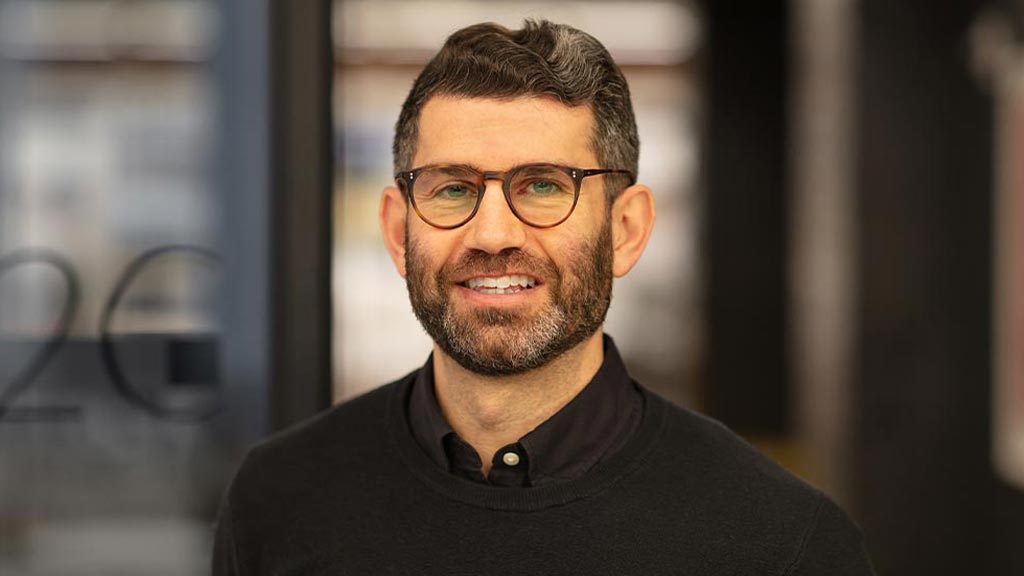
David Briefel
Sustainability Director, Principal
David Briefel is a Sustainability Director based in Gensler’s New York office who is inspired by the intersection between the natural and built environment.

Mallory Taub
Sustainability Director, Climate Action & Sustainability Leader
Mallory Taub is a Sustainability Director at Gensler who collaborates across disciplines to lead the development of sustainability strategies.
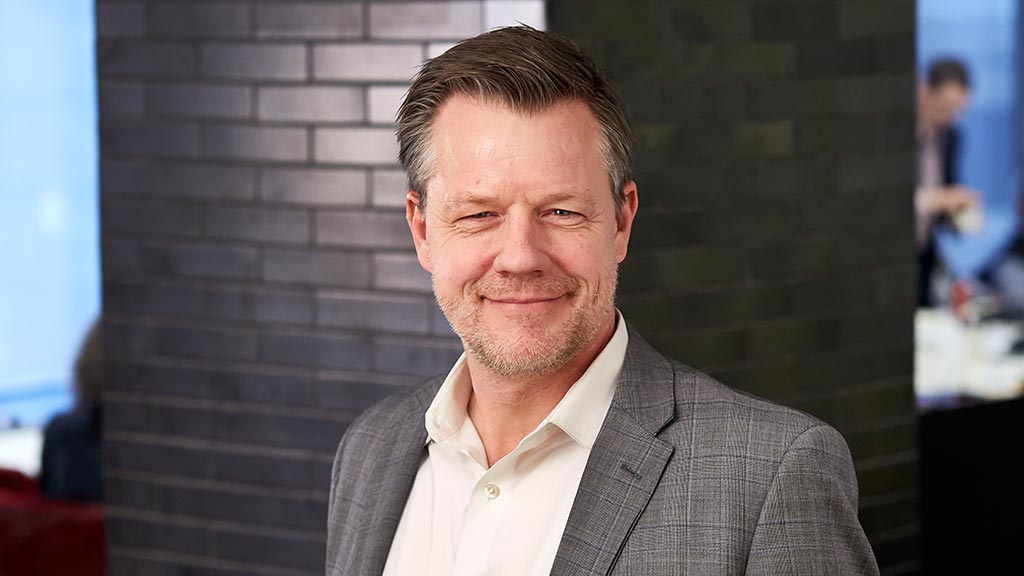
Oliver Schaper
Cities & Urban Design Leader, Design Director, Principal
Oliver Schaper is a Design Director and Cities & Urban Design Leader at Gensler whose expertise is developing holistic, civic-minded, and sustainable places.

Michael Townsend
Mixed Use & Retail Centers Leader, Design Director, Principal
Michael Townsend is an award-winning Design Director and Mixed Use & Retail Centers Leader for Gensler’s North Central region.

Benjamin Holsinger
GPS Manufacturer Liaison
Benjamin Holsinger provides guidance on sustainable qualities and is the Manufacturer Liaison for the firm’s Gensler Product Sustainability (GPS) Standards.

Liz Resenic
Design Resilience Leader, Sustainability Strategist
Liz Resenic is a Global Design Resilience Leader for Gensler’s Healthcare practice area.

Gregory Plavcan
Design Resilience Leader, Sustainability Strategist
Gregory Plavcan is a Global Design Resilience Leader for Gensler’s Media practice area who leads the firm’s Washington D.C. resilience strategy team.

Sandy Mendler
Education Leader, Principal
Sandy Mendler is an Education Leader for Gensler, driving the design of college and university facilities that support student-centered experiential learning.

Jacqueline Zuhoski
Design Resilience Leader, Technical Director, Wellness Leader, Principal
Jacqueline Zuhoski is a Technical Director, Northwest Wellness Practice Area Leader, and Principal based in Gensler’s San Jose office.

Peter Muller
Design Manager
Peter Muller is a Design Manager for Gensler’s Brand Design practice area based in the firm’s San Francisco office.

Jacqueline Salterio
Design Resilience Leader, Design Manager
Extreme attention to detail makes Jacqueline adept in designing projects that meet the most stringent design guidelines and programmatic needs. In her role as Design Resilience ...
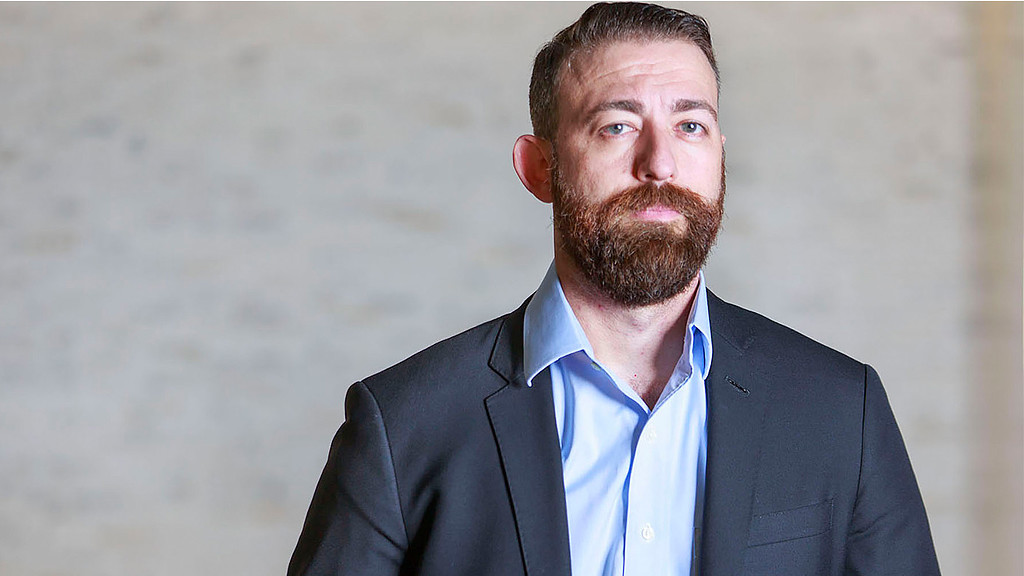
Josh Rosenthal
Studio Director
Josh Rosenthal is Studio Director in Gensler’s Houston office who specializes in the planning and management of complex technical projects that require particular consideration of security, process, and operational uptime.

Maria Perez
Climate Action & Sustainability Leader, Sustainability Director
Maria Perez is a Climate Action & Sustainability Leader for Gensler’s South Central region and a Sustainability Director.
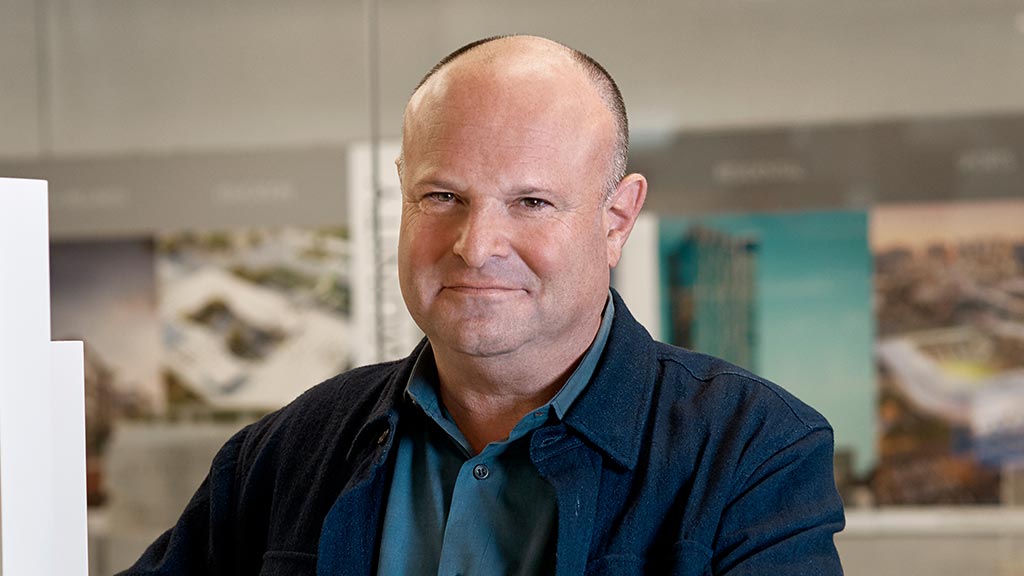
Roger Sherman
Design Director
Roger Sherman is a Design Director and leads the Urban Impact group at Gensler Los Angeles. His innovative work has been featured at TEDx and in Newsweek, Fast Company, CNN, and The History Channel.

Steven Shinn
Sustainability Director
As a Sustainability Director at Gensler, Steven Shinn focuses on design excellence, sustainability, and personal service for projects that promote ESG.
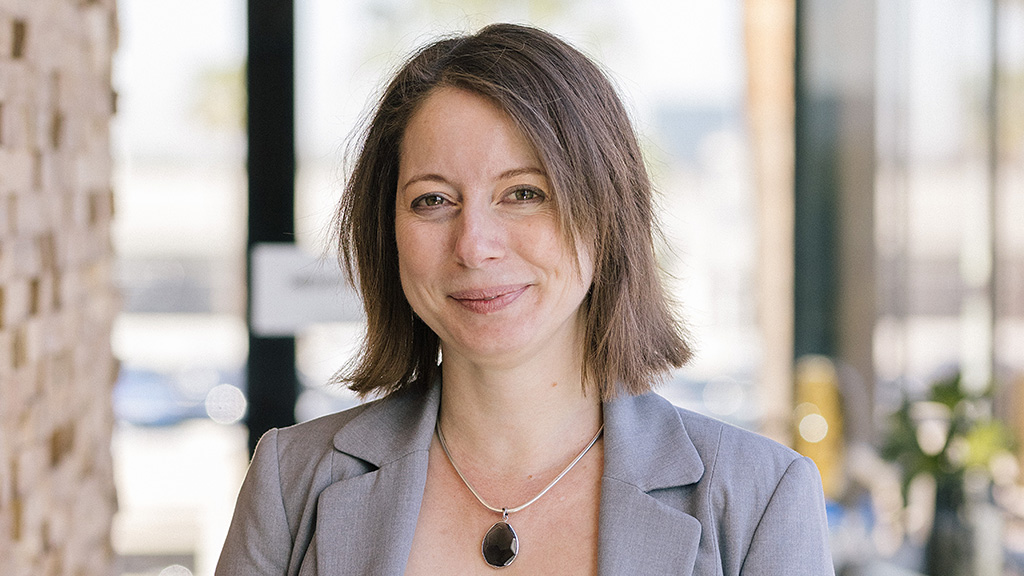
Stacey Olson
Wellness Leader, Director of Sustainability
Stacey Olson is a Global Wellness Leader and director of Sustainable Design in Gensler's Newport Beach office, focusing on sustainability, health and well-being

Jennifer Cardinal
Design Director
Jennifer Cardinal is a Design Director in Gensler’s Los Angeles office and interior designer with over 23 years of experience working on projects from conceptualization to completion.
HEAR MORE FROM OUR LEADERS
CLIMATE ACTION & SUSTAINABLE DESIGN INSIGHTS
43 Items

Climate Action Through Design
Our Climate Action Through Design Report presents solutions for transforming the built environment to achieve a net zero carbon impact across our portfolio and the broader design industry.

Communicating Sustainability: Quantifying, Qualifying, and Celebrating Climate Impact Achievements
Wherever a company or brand may be on its sustainability journey, telling the story of impact in a way that is both authentic and transparent is increasingly crucial.
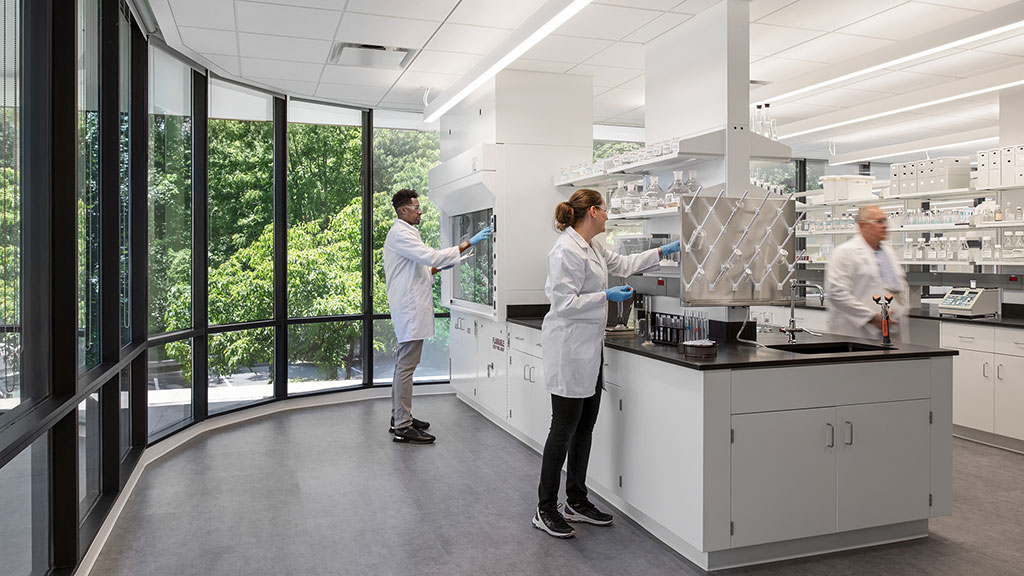
Design for Laboratory Resilience: A Compliance Approach to Climate Risk Assessment
Innovative sustainable design of laboratory buildings must factor in risk of regional natural disasters and affected communities.
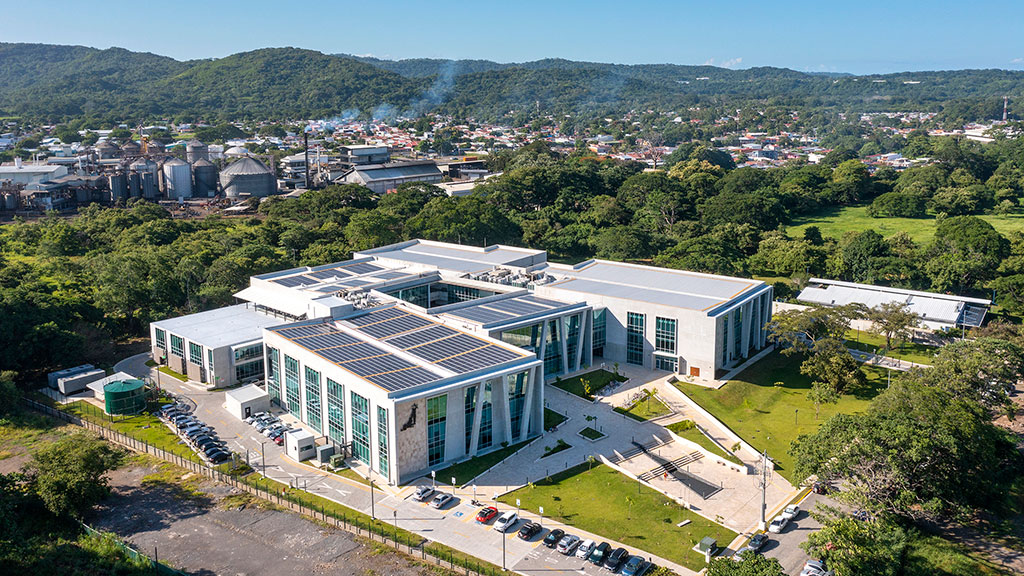
Climate Resilience in the Latin American Caribbean: Challenges and Opportunities
To mitigate the effects of climate change in the region, we must adapt cities, strengthen infrastructure, and protect vulnerable communities.

Emerging Trends in Climate Action From Climate Week NYC
Signals that the climate dialogue is evolving to meet the urgent need for impact at scale.

Four Big Takeaways From Gensler’s New Global Climate Action Survey
What is the state of climate change perceptions in 2024?

Global Climate Action Survey 2024
Gensler surveyed people around the world about their experiences with climate-related issues, such as extreme weather, and perceptions of whether their community is built to withstand the impacts of climate change.

Gensler London’s Commitment to a Sustainable Workplace
New to the U.K. market, the NABERS Tenancy Certification aims to help owners and tenants measure their buildings’ environmental performance and identify areas for improvement.
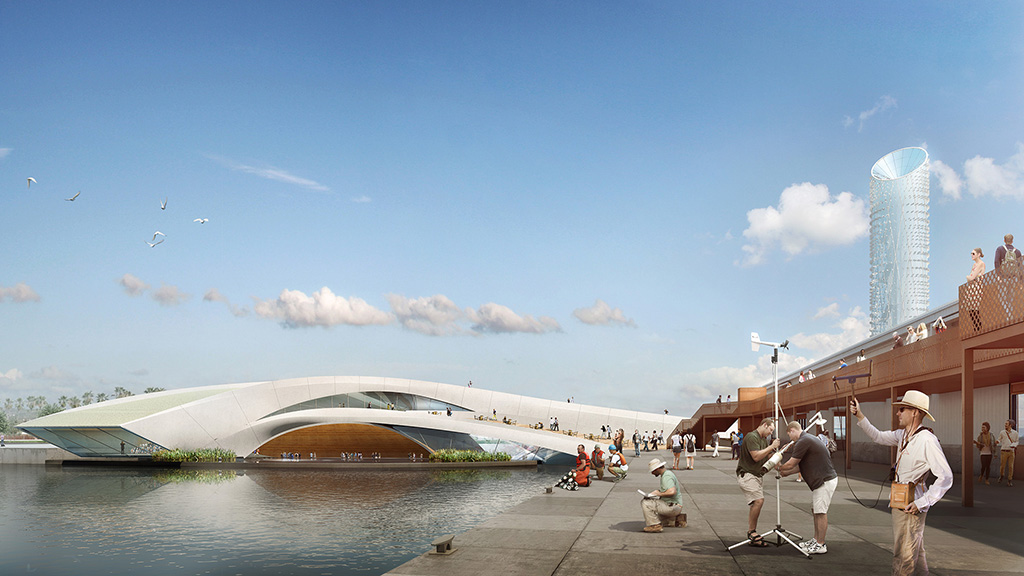
Laying the Groundwork for Climate Preparedness
Gensler’s Resilience Preparedness Framework develops concrete actions that designers can take to address climate shifts.
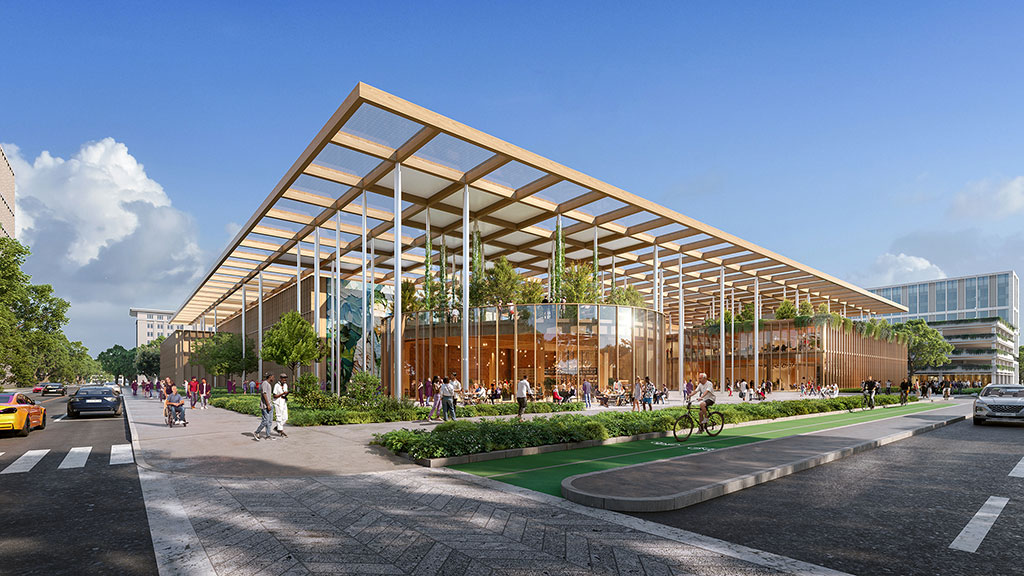
Prototyping the Hospital of the Future
By prioritizing critical care, streamlining support services, and designing for long-term adaptability, hospitals can create a more sustainable future for healthcare.

How Gensler’s Product Sustainability Standards™ Are Making an Impact in the Industry
We created the Gensler Product Sustainability Standards™ because we believe this is one of our most substantial opportunities for accelerating industrywide impact.

The Importance of ‘Carbon Storytelling’ in Future Sustainable Architecture
‘Carbon storytelling’ will be essential for sustainable buildings of the future — here’s why.

Beyond the Property Line: How to Design a Sustainable Material Supply Chain
We have a tremendous opportunity to think beyond the property line and holistically address impacts from the interconnected, global system of building materials.

4 Powerful Approaches for Putting Climate Goals to Action
We’ve identified four approaches that put organizations on a credible path to achieving climate goals.

Driving Sustainability Through Digital Experience Design
By lowering energy consumption, reducing e-waste, and elevating eco-friendly materials, digital experiences can become an asset in sustainability messaging.

Decarbonizing the Built Environment for a More Sustainable Future
By acting quickly and working with industry partners to develop and promote lower embodied energy materials, we can catalyze a low-carbon marketplace.

5 Things Developers Should Know About Mass Timber
With its inherent structural integrity and positive impact on carbon emissions, mass timber can make a big impact in tackling climate action in the built environment.

How eVTOLs Could Create a More Inclusive, Sustainable Future for Mobility
Advanced air mobility could have transformative effects on the way we live, creating an inclusive and sustainable future of mobility for all.

The Climate Crisis Is Also a Well-Being Crisis
Climate change is emerging as a profound global concern and appears to have an outsize impact on the mental health and well-being of younger generations.

Embodied Carbon Is Where Tech Must Tighten Its Belt
As buildings get more efficient and power grids get cleaner, projects are looking to where they can further reduce their carbon footprint to meet their net zero commitments.

Extreme Weather Demands an Immediate Design Response
Gensler’s Climate Action Survey 2023 explores how design can address the rapidly accelerating climate crisis.
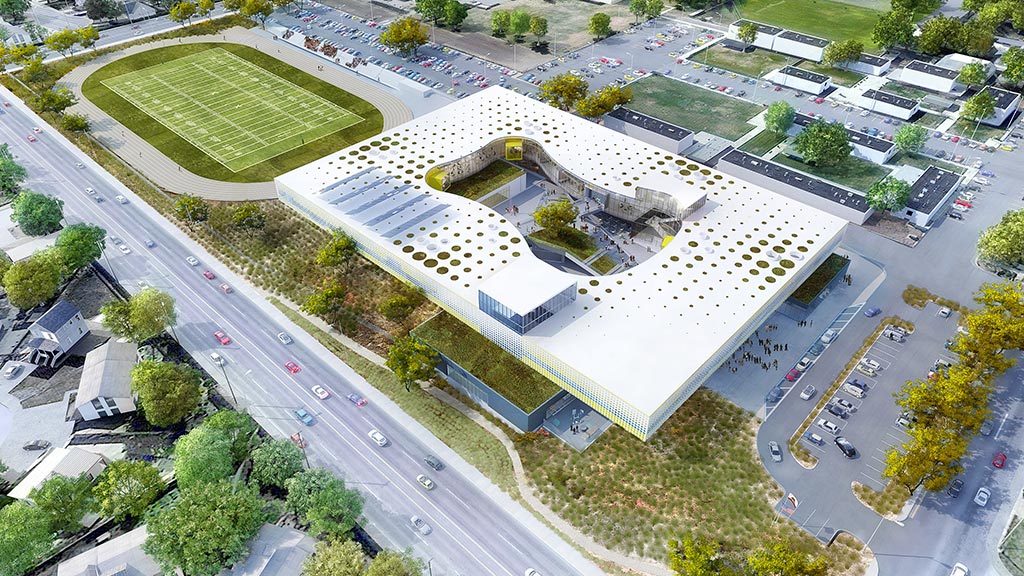
5 Strategies for Heat Resilient Design
Here are five strategies we need to embrace to create heat resilient design solutions for the coming years.
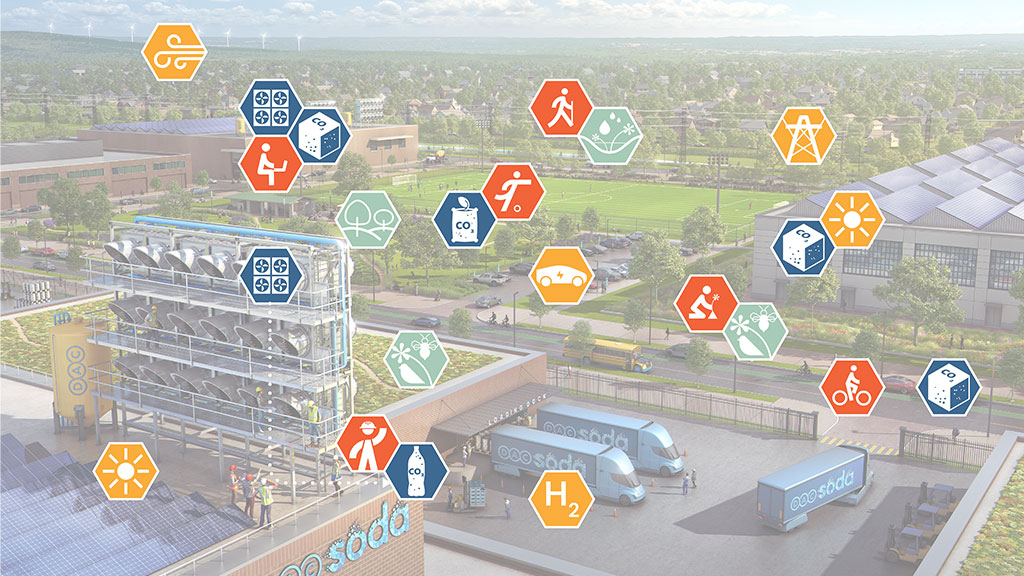
Borealis: The Opportunity for Building Integrated Carbon Capture to Reverse the Carbon Footprint of Buildings
If applied across Gensler’s global portfolio, direct air capture technologies could remove 14.5 million tonnes of CO2 from the atmosphere.

5 Strategies for Labs to Meet ESG Targets
These key strategies can achieve significant reductions in a laboratory tenant’s carbon footprint.
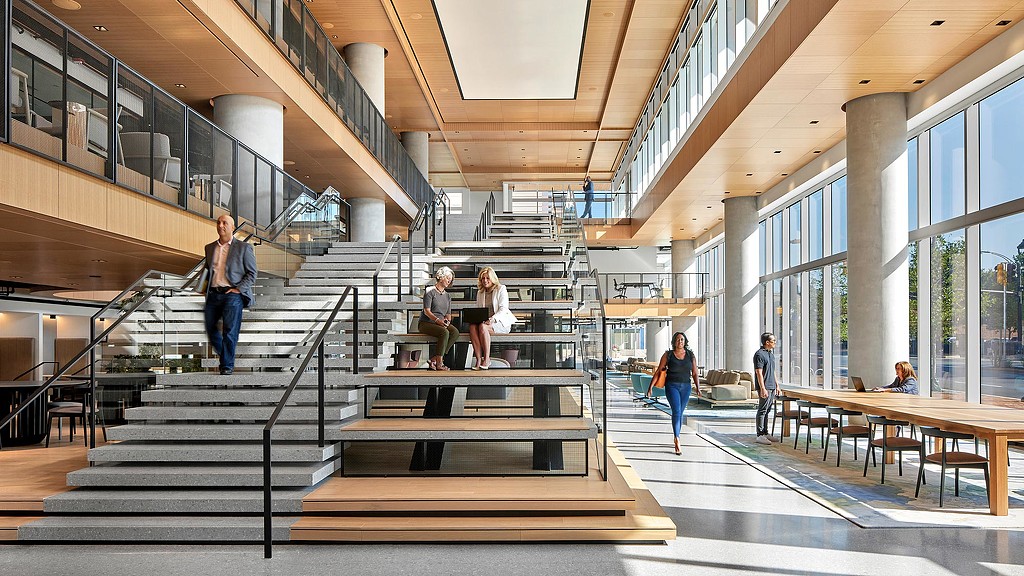
A Material Approach to Lowering Carbon and Changing the Building Industry
Gensler Co-CEO Jordan Goldstein talks about Gensler’s Product Sustainability (GPS) Standards and what it means for the industry.
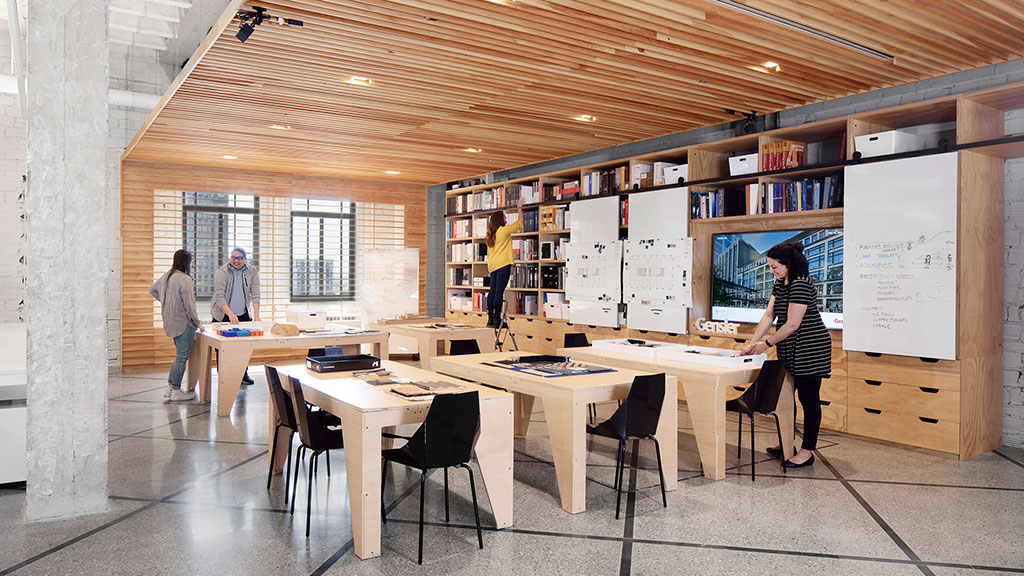
Introducing the Gensler Product Sustainability Standards™
We’ve set a new standard for all our projects to help increase demand for more regenerative materials in the building industry.

Designing the 2030 Sustainable Office
We developed a framework that stakeholders can use to meet vital embodied and operational carbon targets and achieve sustainable offices by 2030.

Why Biophilic Design Is Crucial in the Workplace and Beyond
Good biophilic design celebrates our love of life to create spaces that inspire, empower, and energise the people who use them.

Sustainable Shade Structures
We researched how to offset the effects of extreme heat in at-risk communities through community co-creation of shading structures.

Designing for Lower Carbon Concrete in Data Center Constructions
The construction boom of data centers raises questions about their carbon footprint. We convened industry experts to understand how we can reduce the embodied carbon of data centers with lower carbon concrete.

Transforming a Generational Asset Into a Class A Tower
The reinvestment in 633 Folsom transformed a 1960s asset to reduce carbon and reanimate a vital urban corridor.

Bring Climate Justice Into Your Projects by Engaging Community Partners
Our cities are full of organizations that are well-equipped with amazing expertise and can help guide projects to have long-lasting impact.

Why It’s Time to Apply Regenerative Systems Design on a Global Scale
Regenerative architecture offers a more sustainable path forward.

The Biogenic Materials Revolution Has Begun and Mass Timber Is Leading the Way
Biogenic materials will be crucial in our efforts to address climate change while also meeting the vast global demand for new buildings and spaces.

Climate Change Is Here. It’s Time to Invest in Our Collective Future.
Data from Gensler’s climate change survey offers insights into how climate change is dramatically affecting the international community.
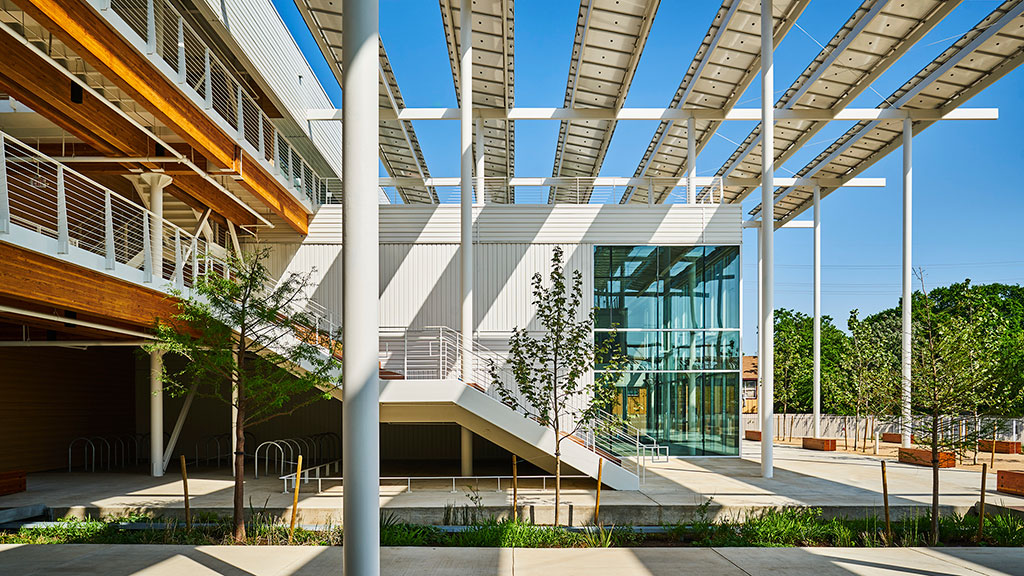
Back to Basics: 5 Strategies to Approach Net Zero Energy
Tenants are demanding healthy, energy-efficient buildings with measurable data to support ESG and talent retention goals. Here are five strategies to approach net zero energy.

Why New Construction Cannot Solve the Climate Crisis
To meet carbon reduction goals, why focus on new construction when we can achieve measurable impact by focusing on existing building renovations?

The Carbon Innovations Hiding in Plain Sight
Gensler Global Co-Chair Diane Hoskins addresses the carbon footprint of concrete and explains how we’re pushing the concrete industry to reduce carbon emissions.

How Local Governments Are Transforming Green Building Policies — and How to Prepare
Here is a primer on where green building policies came from, what they mean, and where they’re likely to go in the future.

Together, EVs, AVs, and Multimodal Transportation Will Create More Vibrant Cities
We want the act of moving around our cities and communities to be convenient, quick, clean, accessible, and inclusive. So what does that look like, both today and in the years to come?

Is Mass Timber the American South’s Best Kept Secret? Not for Long.
The southeast United States is emerging as a serious contender in the mass timber market, where several large-scale campus projects are poised to redefine sustainable architecture.

A Framework for Fostering Climate Resilience and Preparedness in the Built Environment
Within Gensler's U.S. Climate Action Survey 2022, we introduce a new roadmap for climate action through design that is anchored by four pillars: environment, economy, experience, and equity.
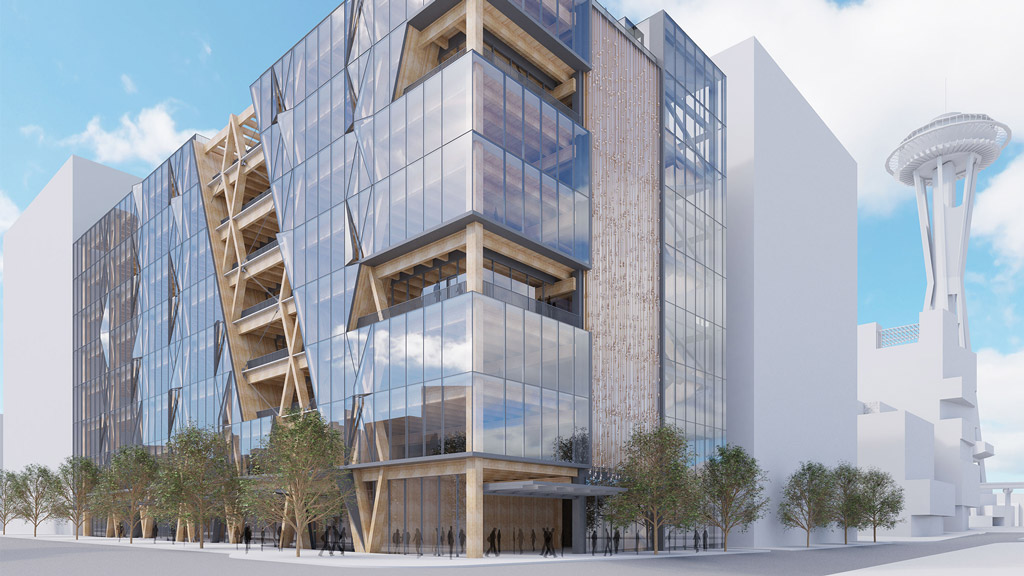
The Lab Building of the Future is NEXT
The traditional method of designing new science buildings needs to evolve from what the building looks like, to how it needs to be optimized for each tenant.
DESIGN RESILIENCE NEWS
-
Fast Company
2023Fast Company highlighted Gensler’s efforts to research how to mitigate extreme heat in vulnerable communities. Gensler designed an adaptable shading structure that can be configured to fit different public spaces. -
WorkLife
2023WorkLife quoted Gensler Climate Action & Sustainability Leader Kirsten Ritchie about the importance of employers and building owners focusing on climate change readiness assessments in light of the recent wildfire smoke impacting the East Coast. -
Architect Magazine
2023Architect Magazine shared insights from Gensler Principal Travis Albrecht about impactful sustainable design strategies and what architects and manufacturers can do to combat climate change.

